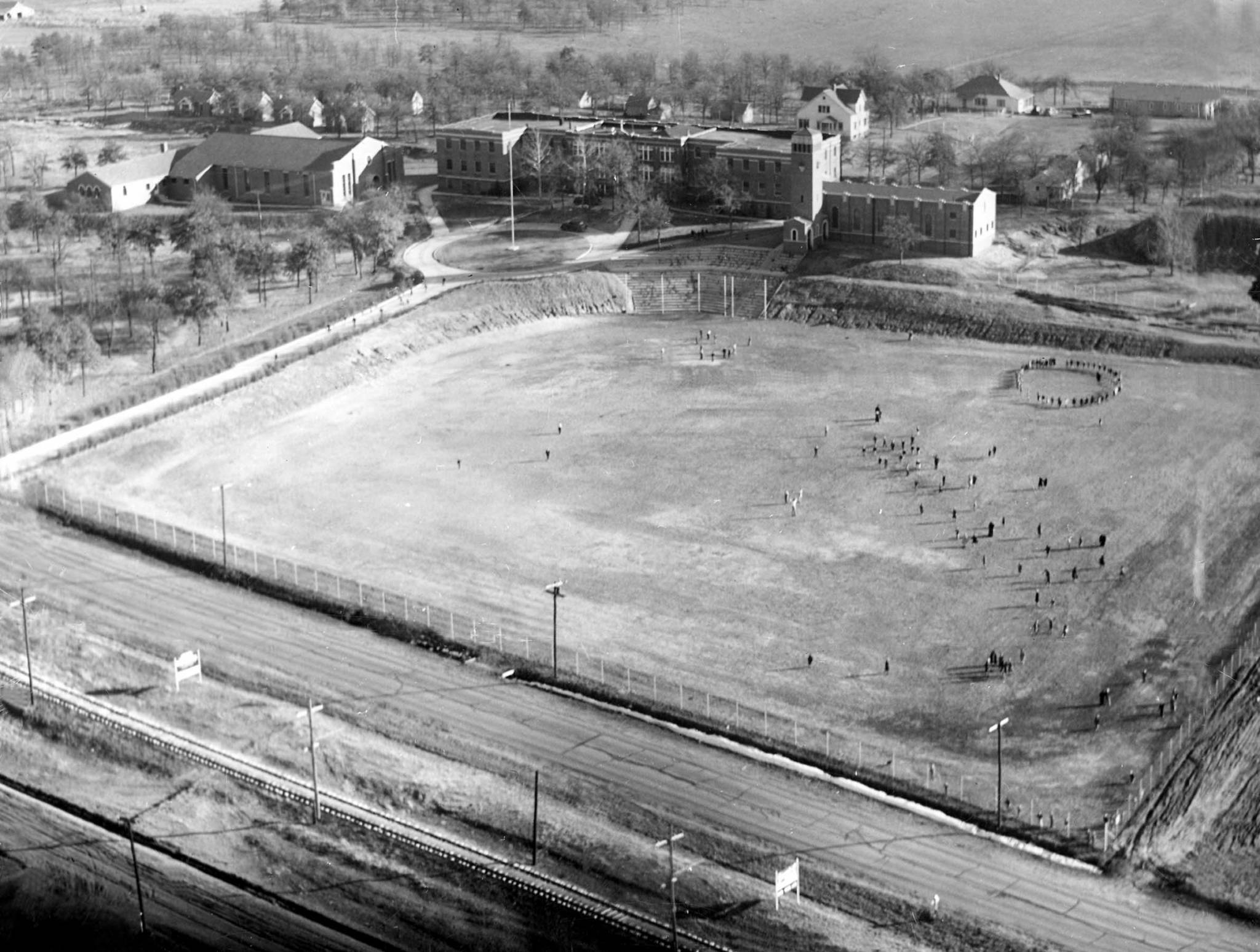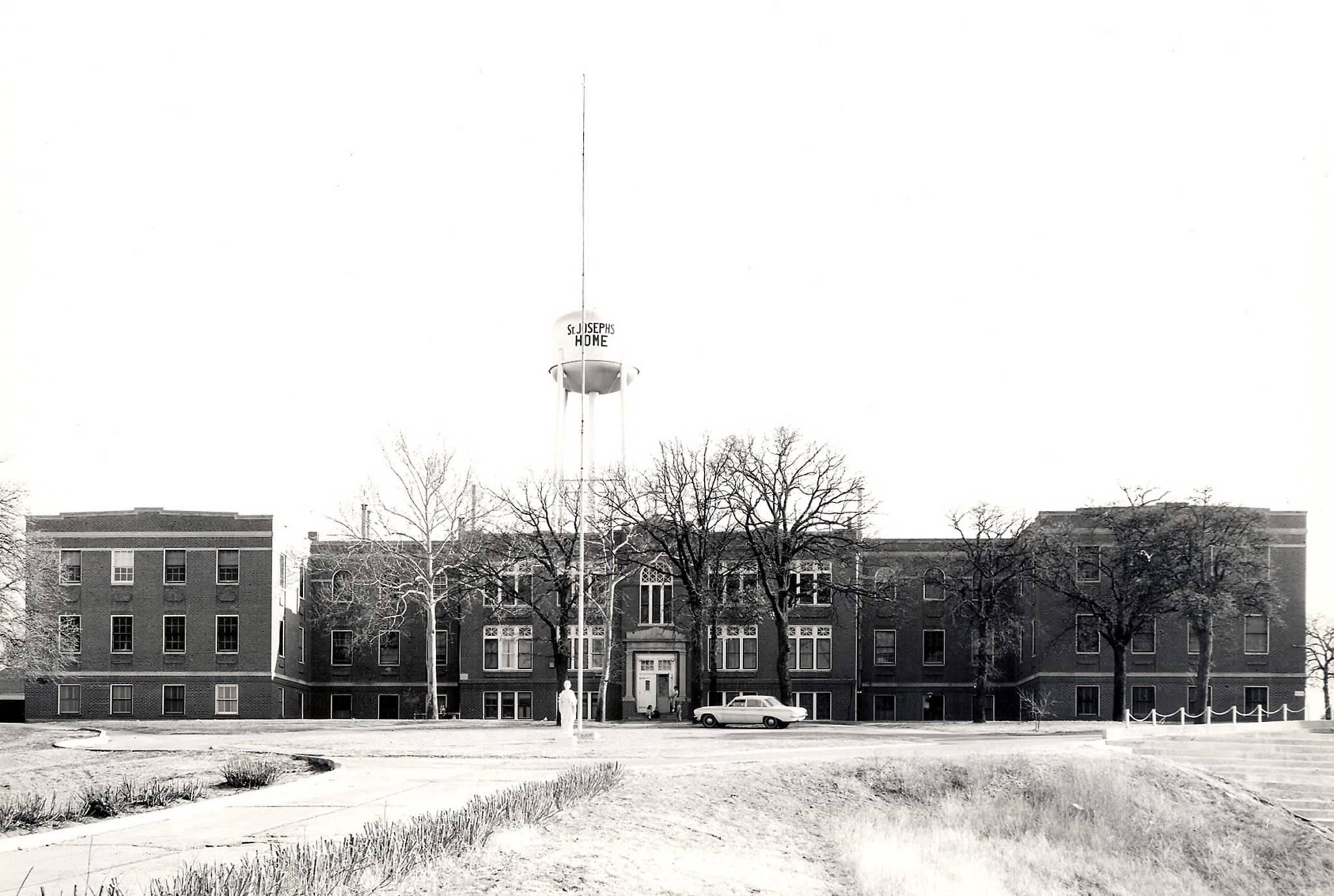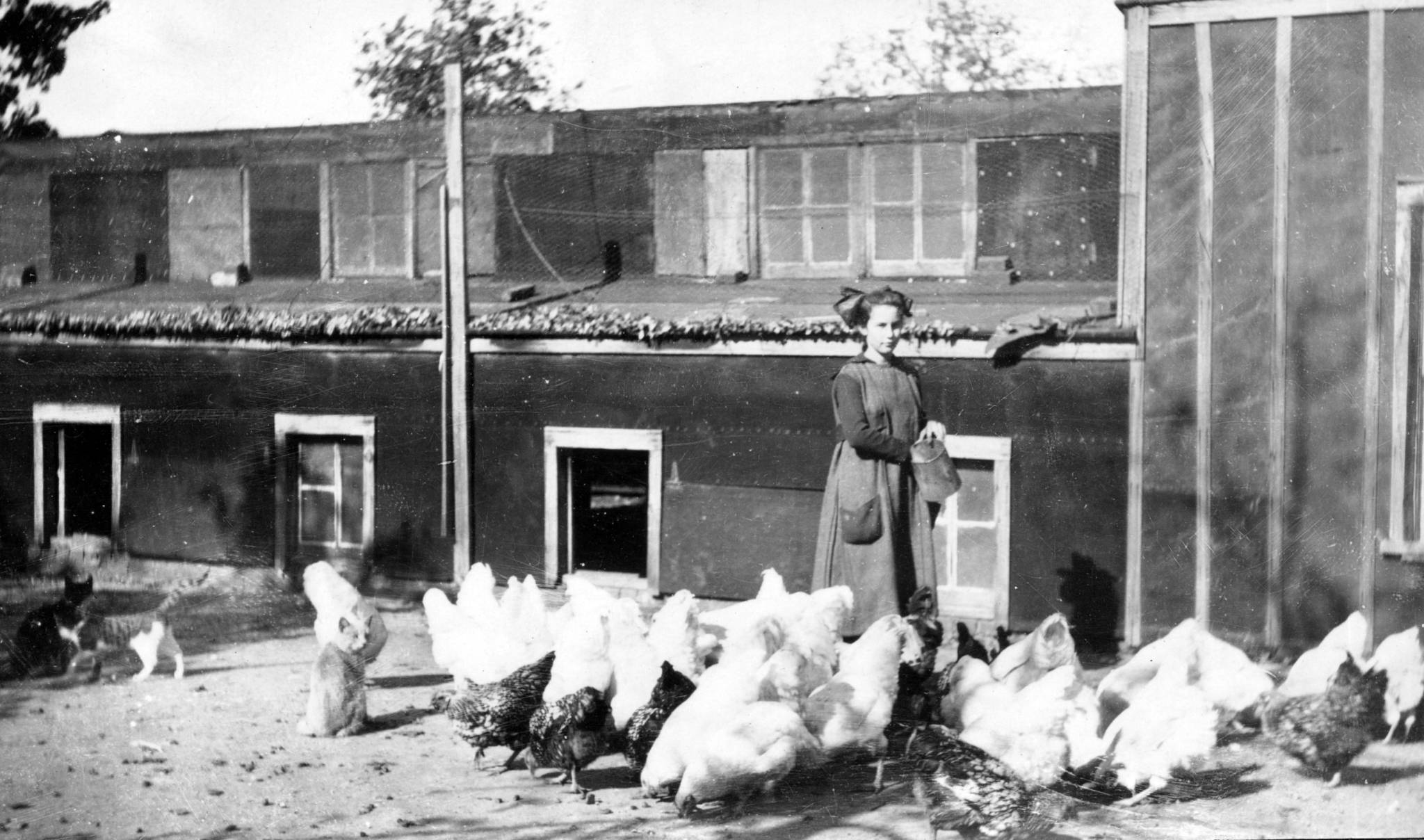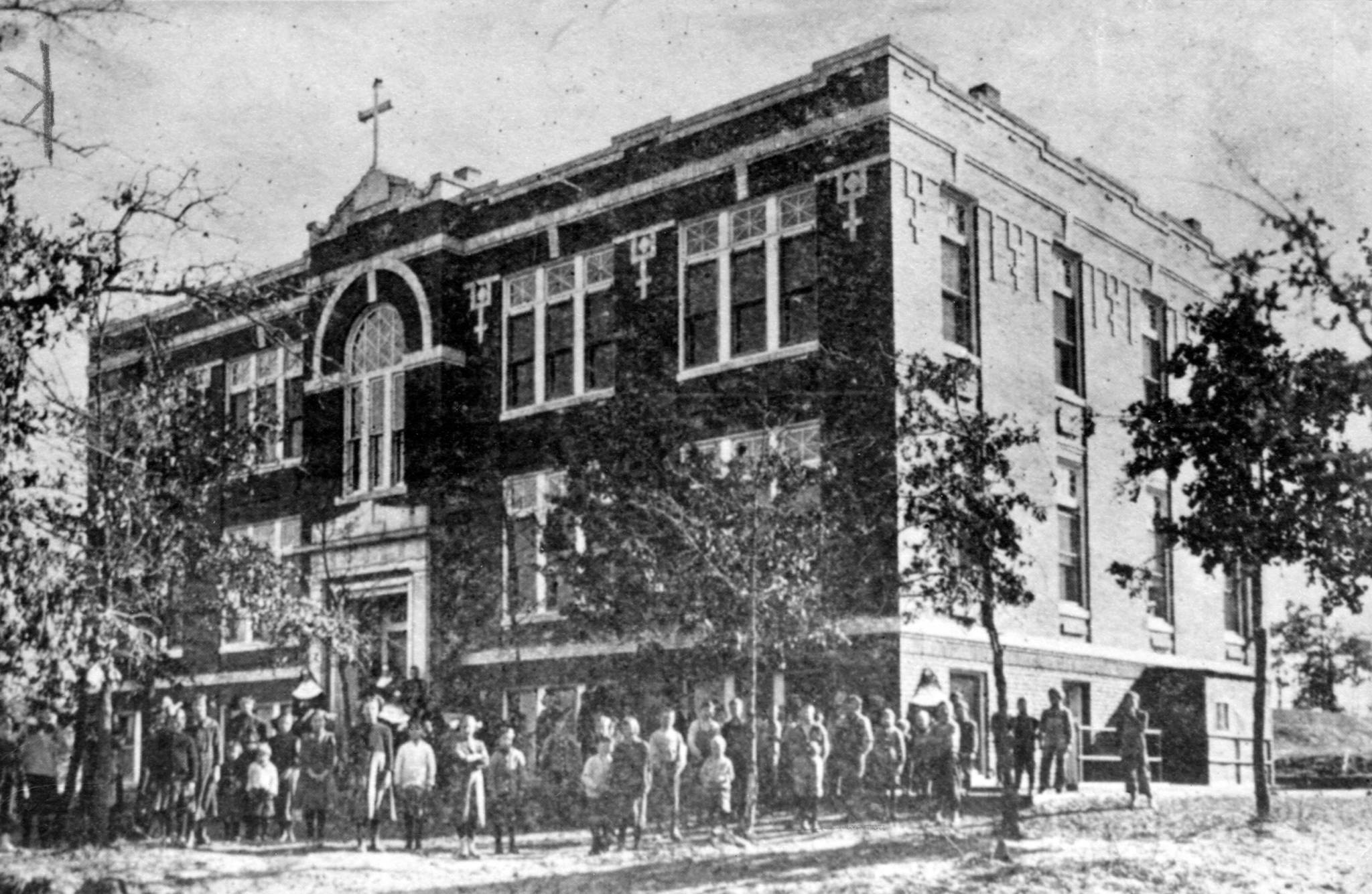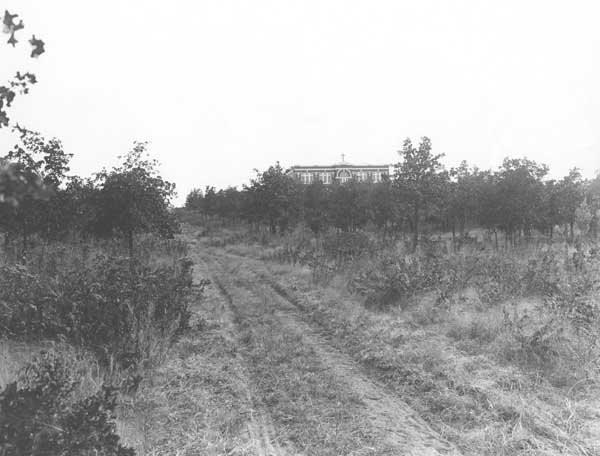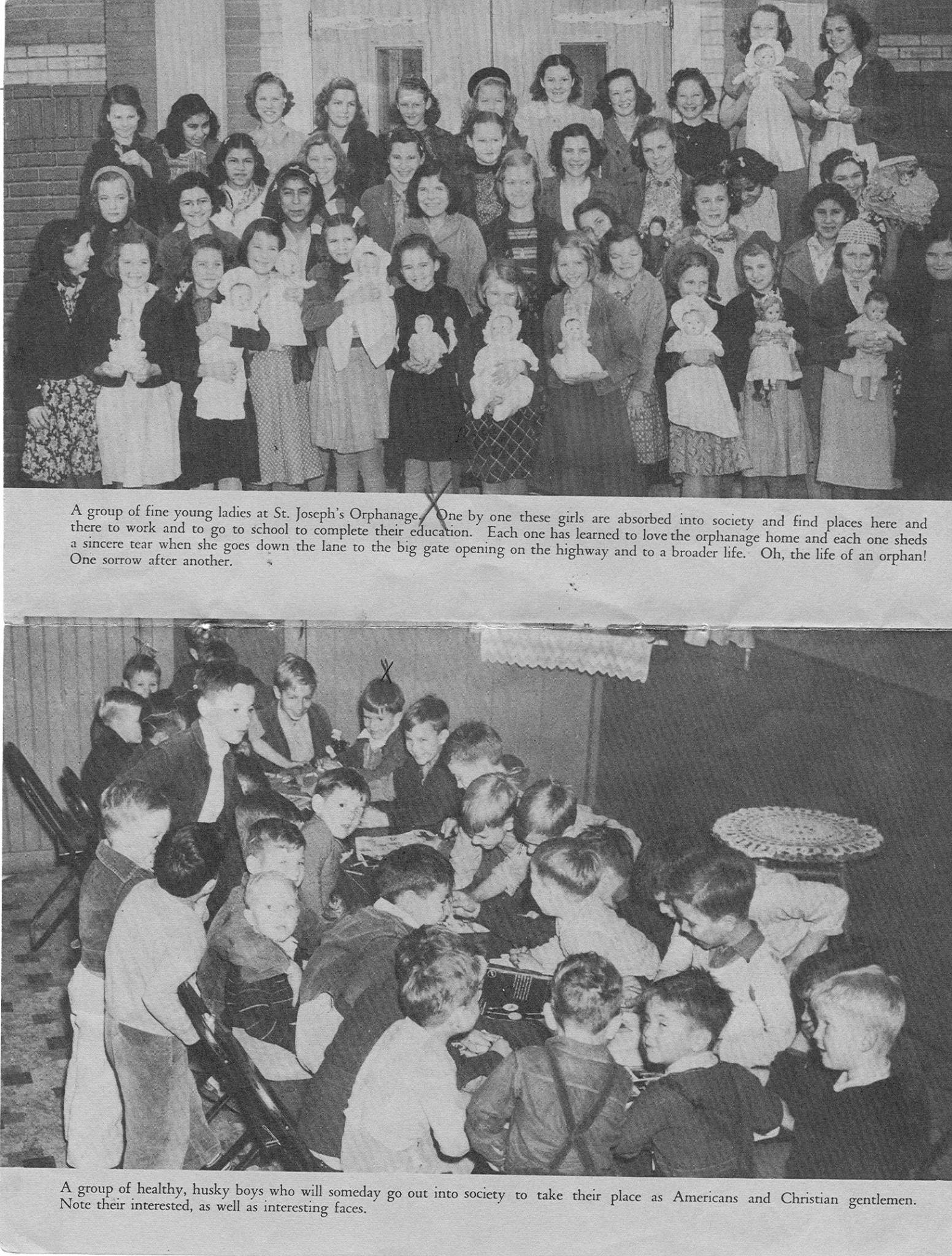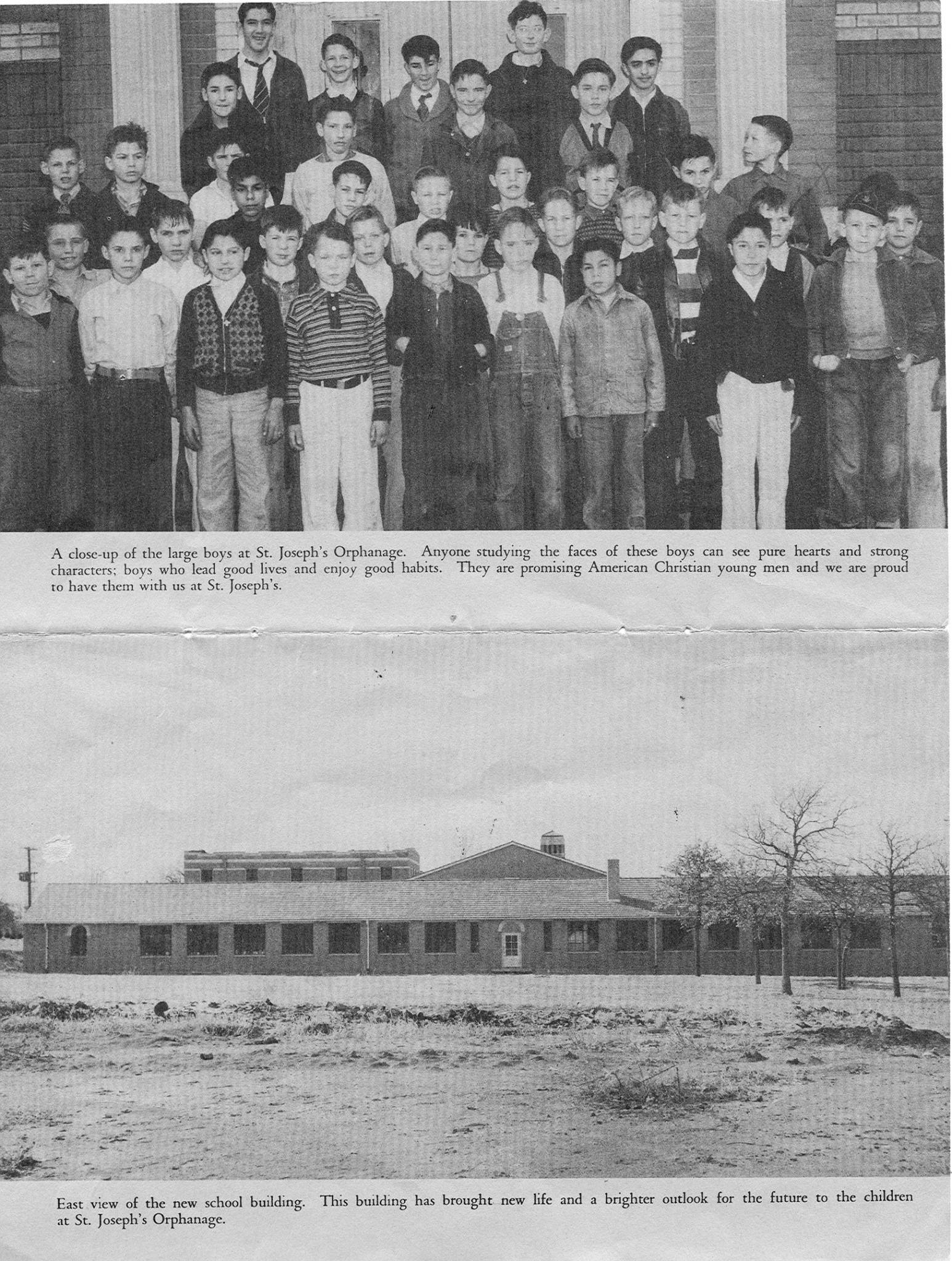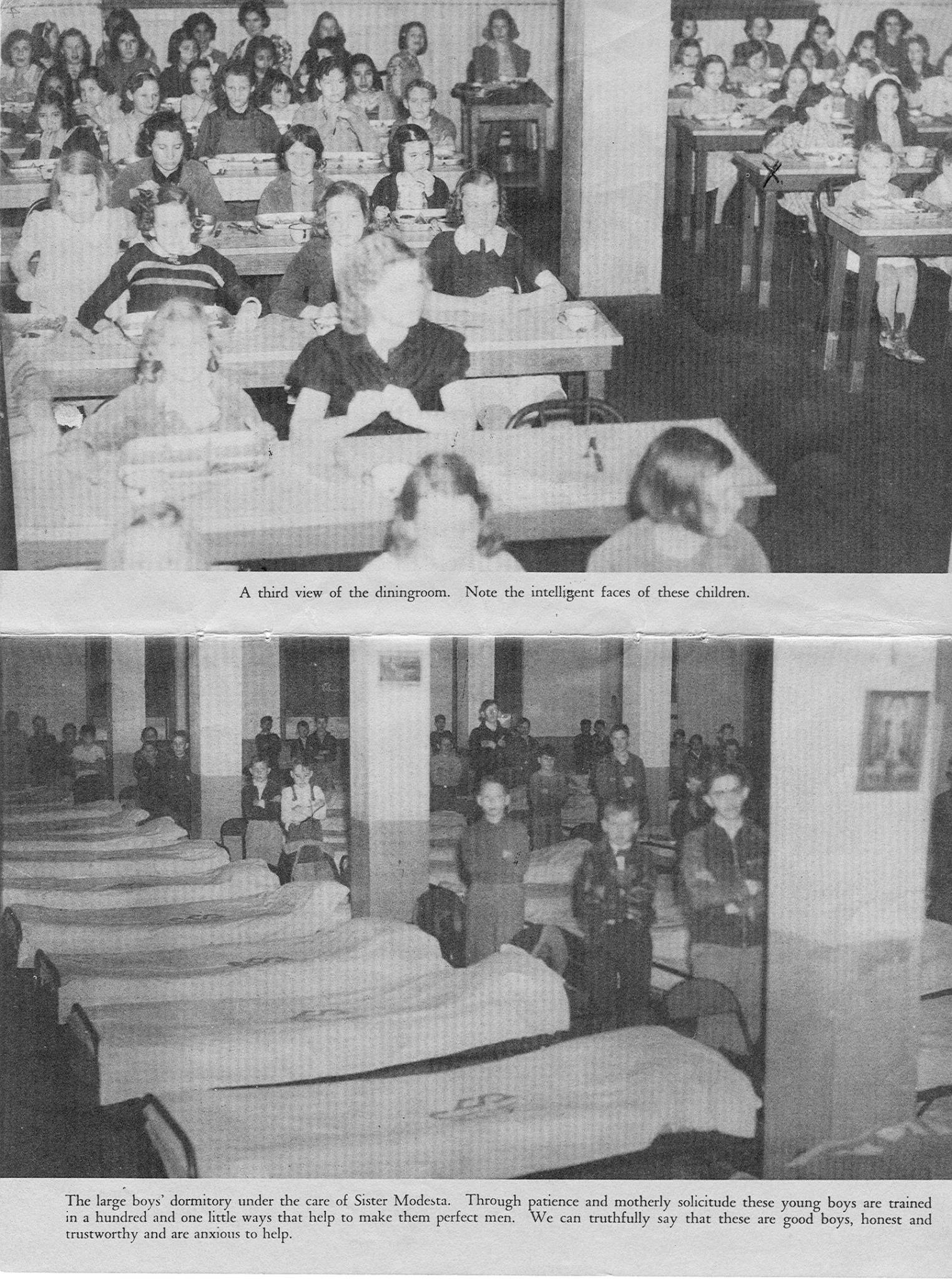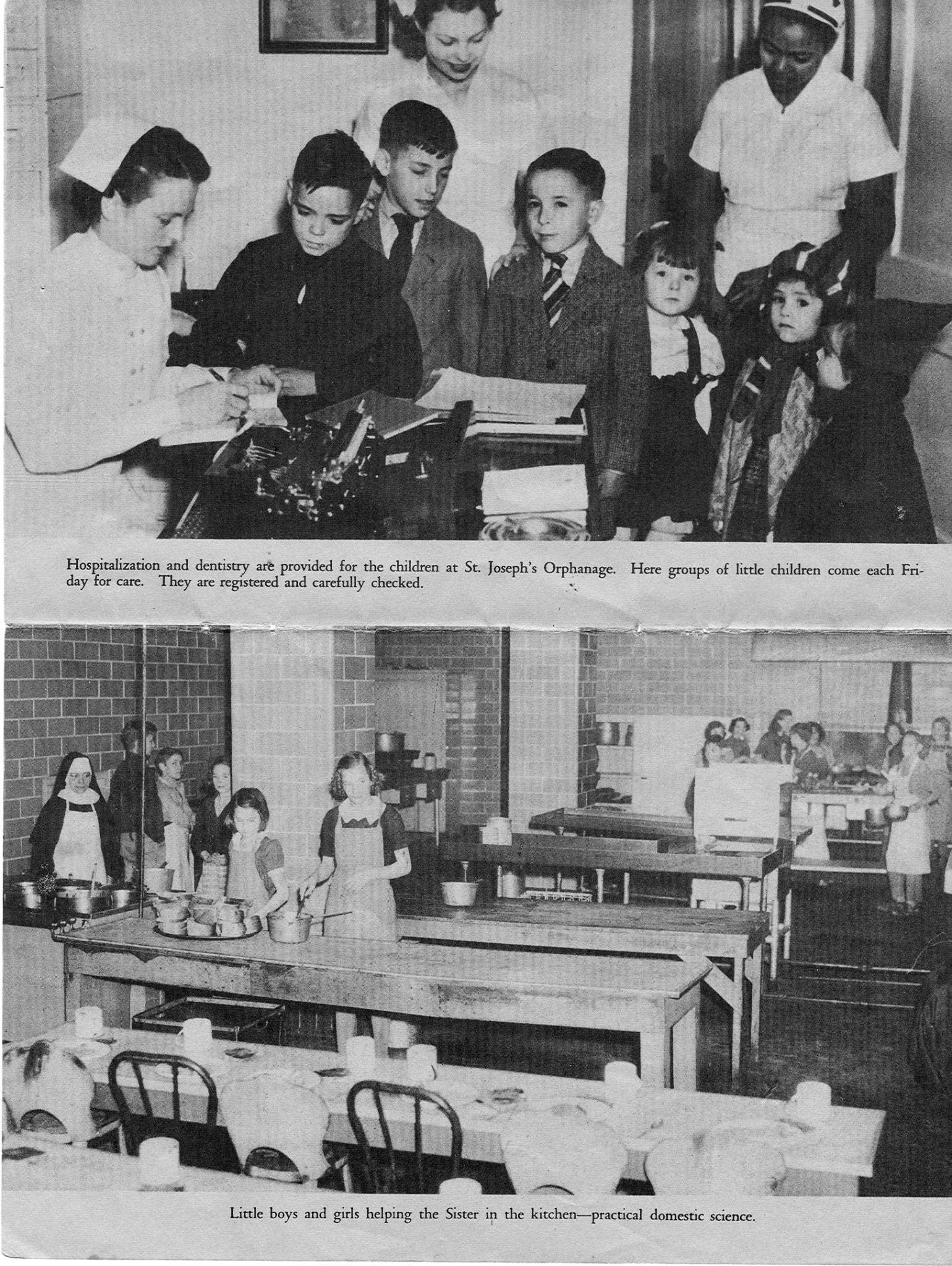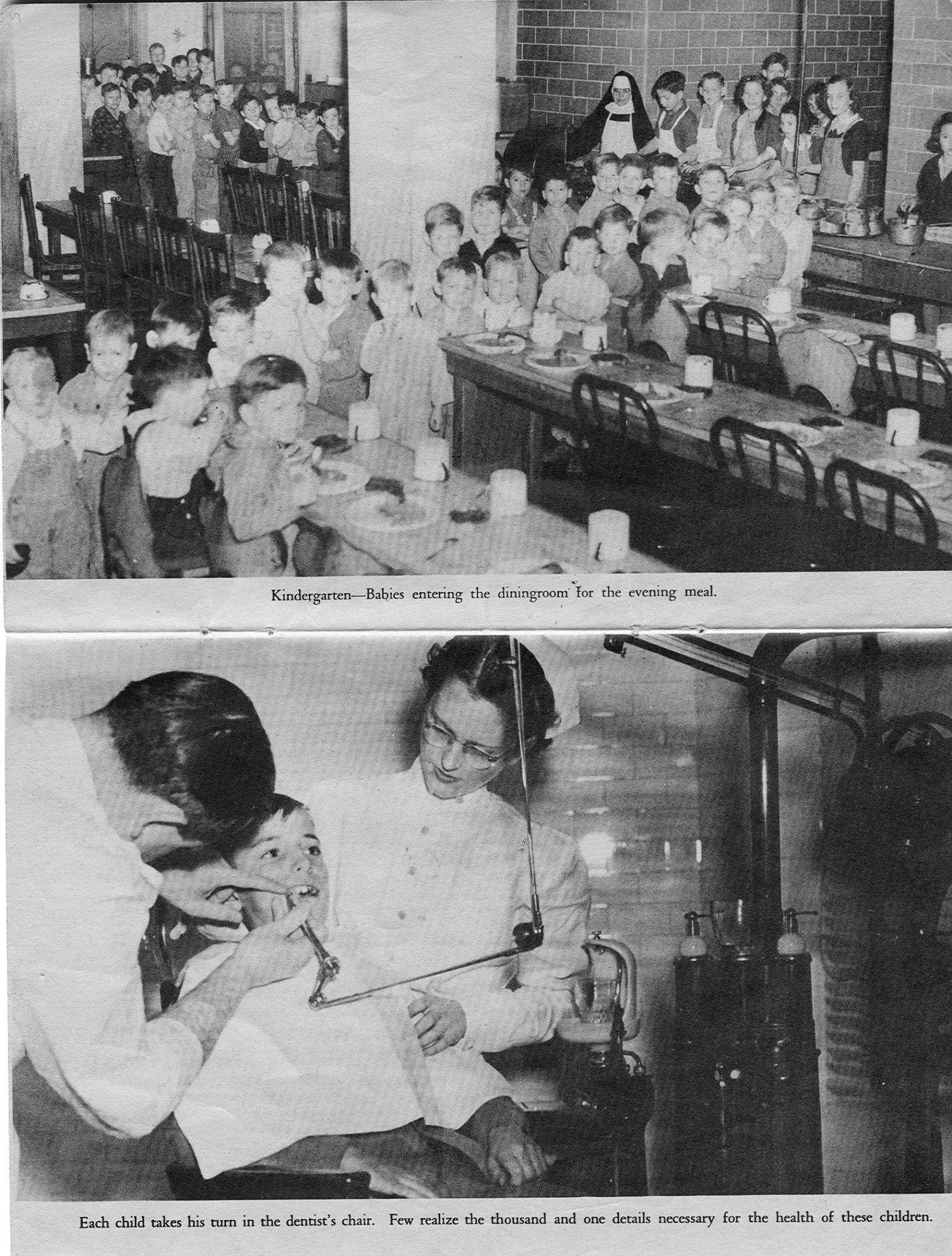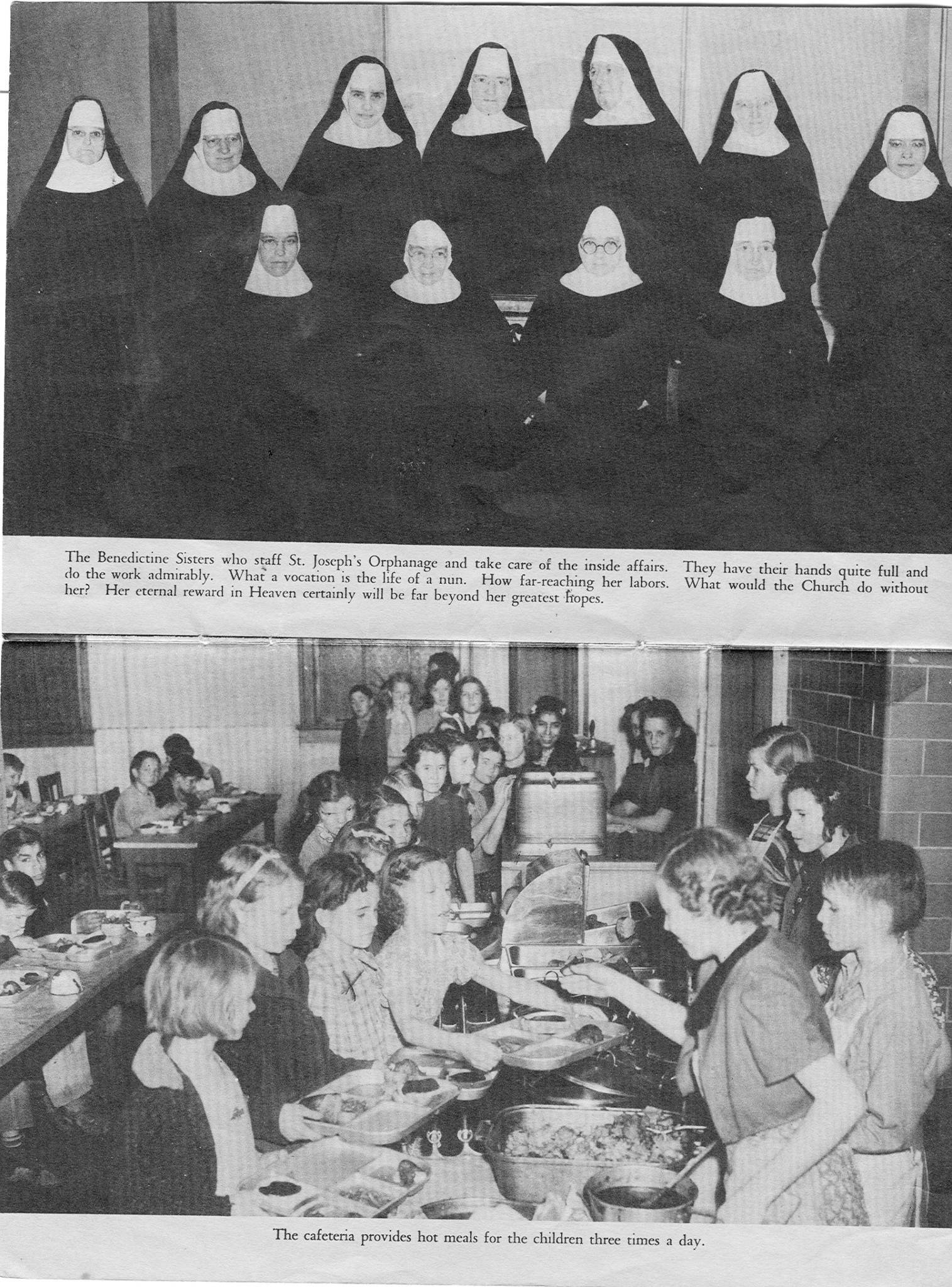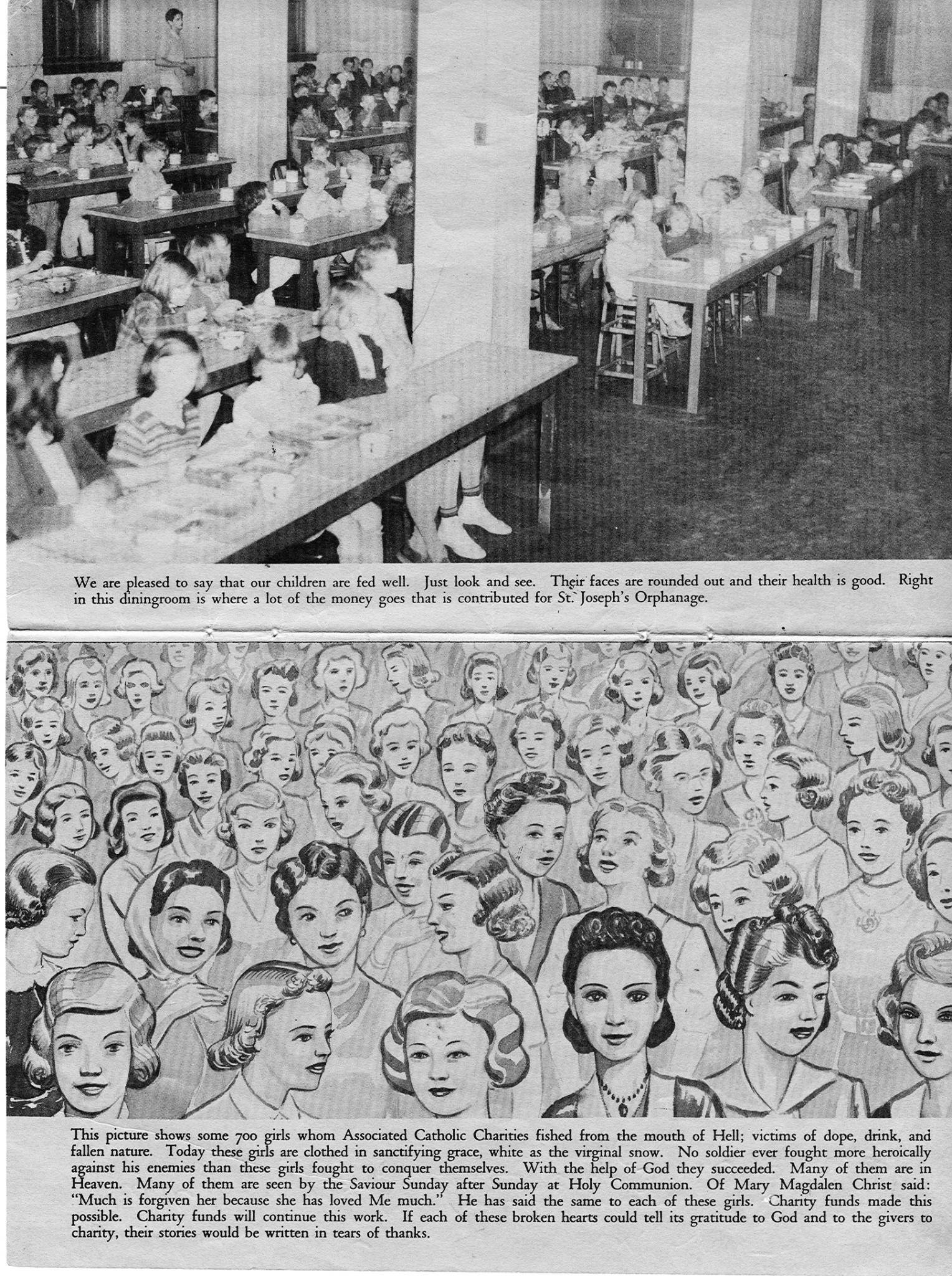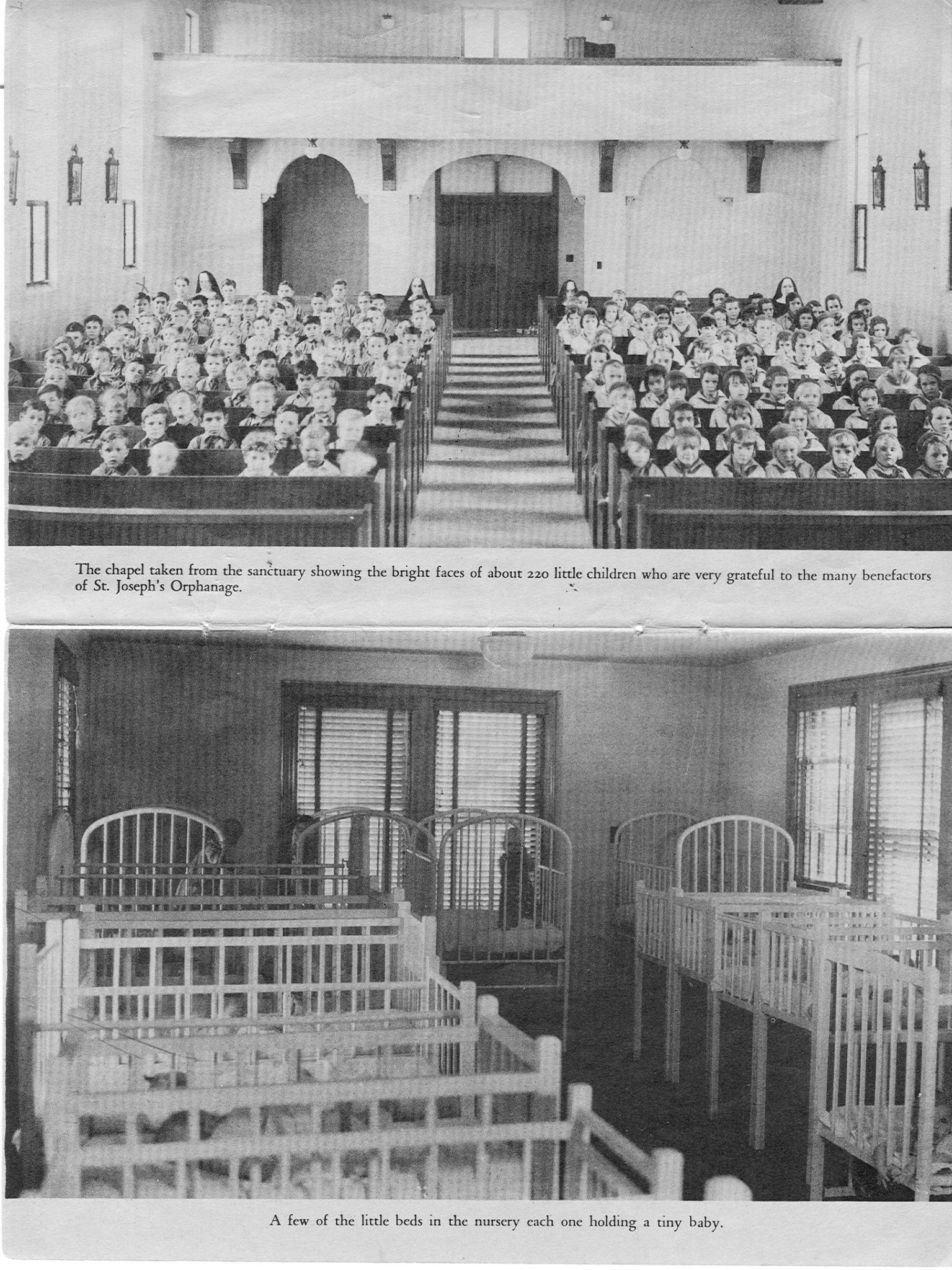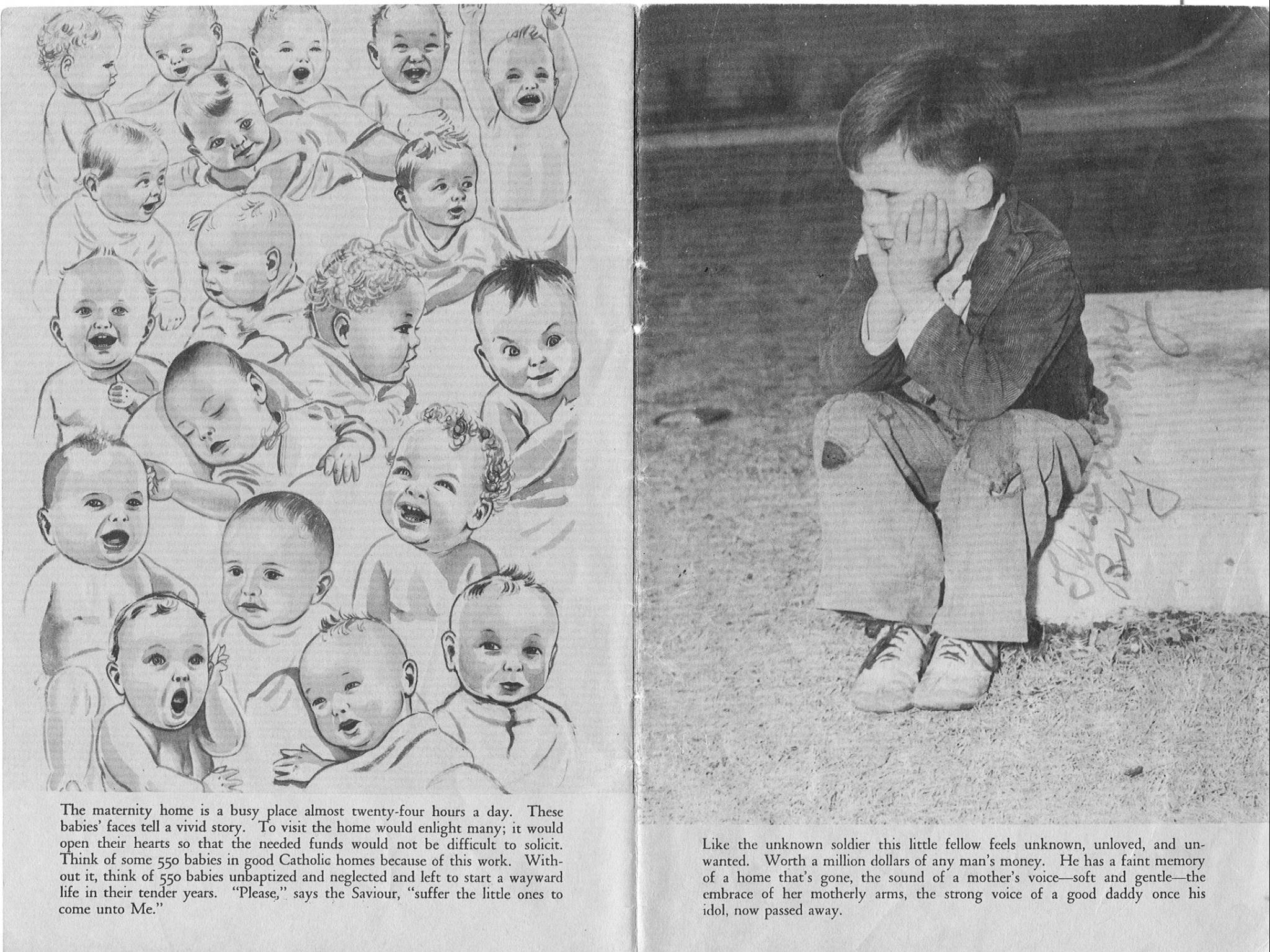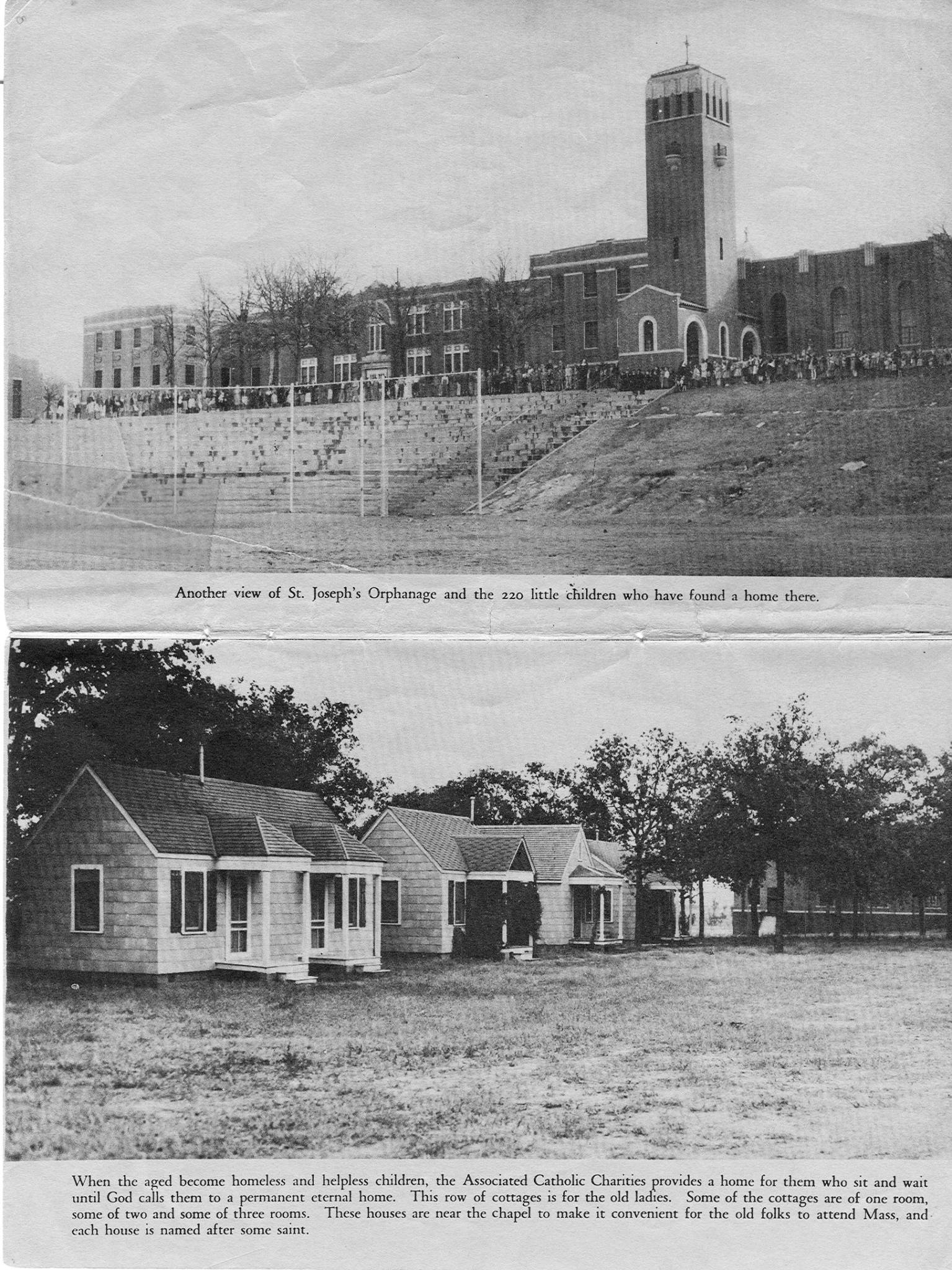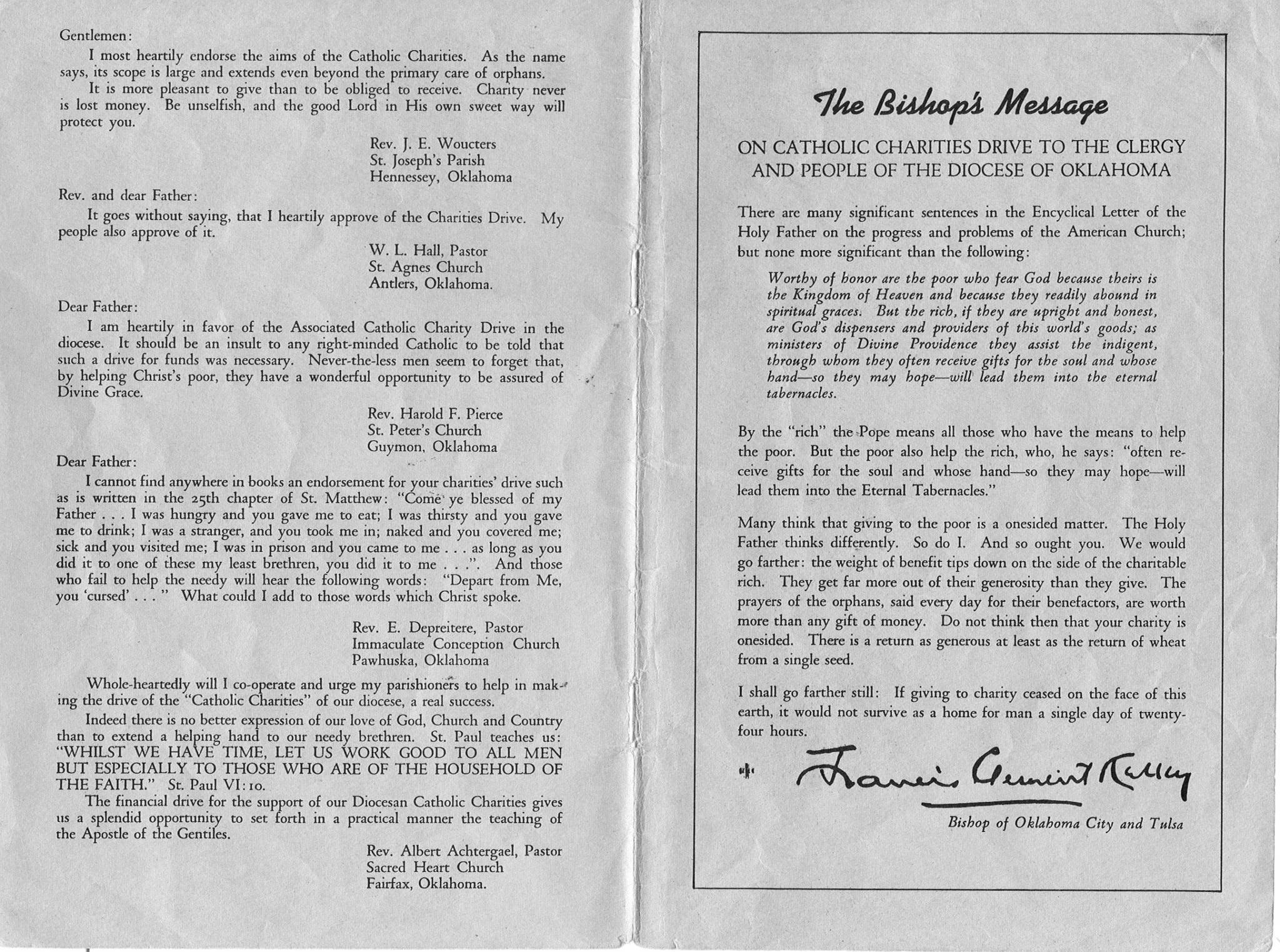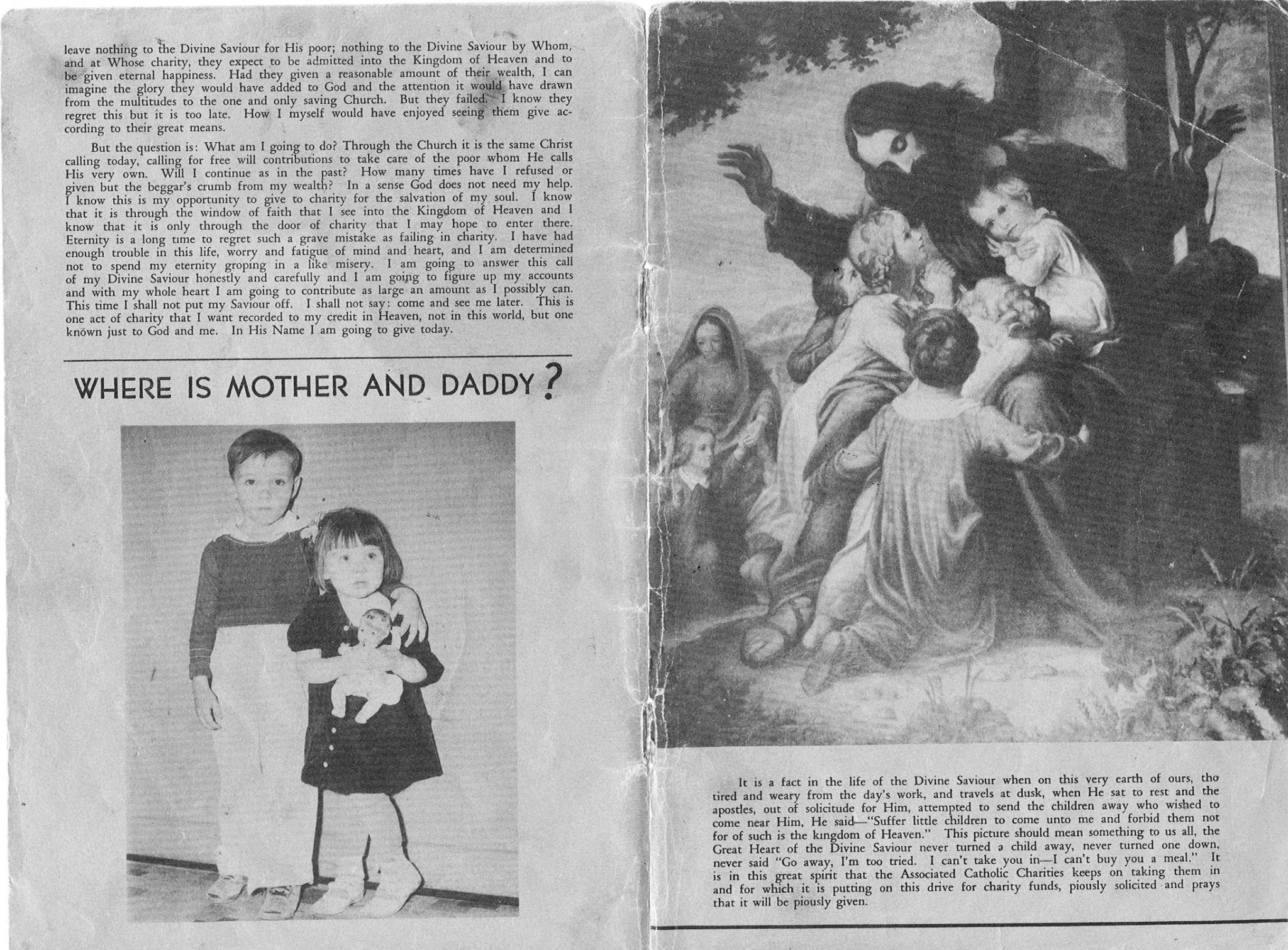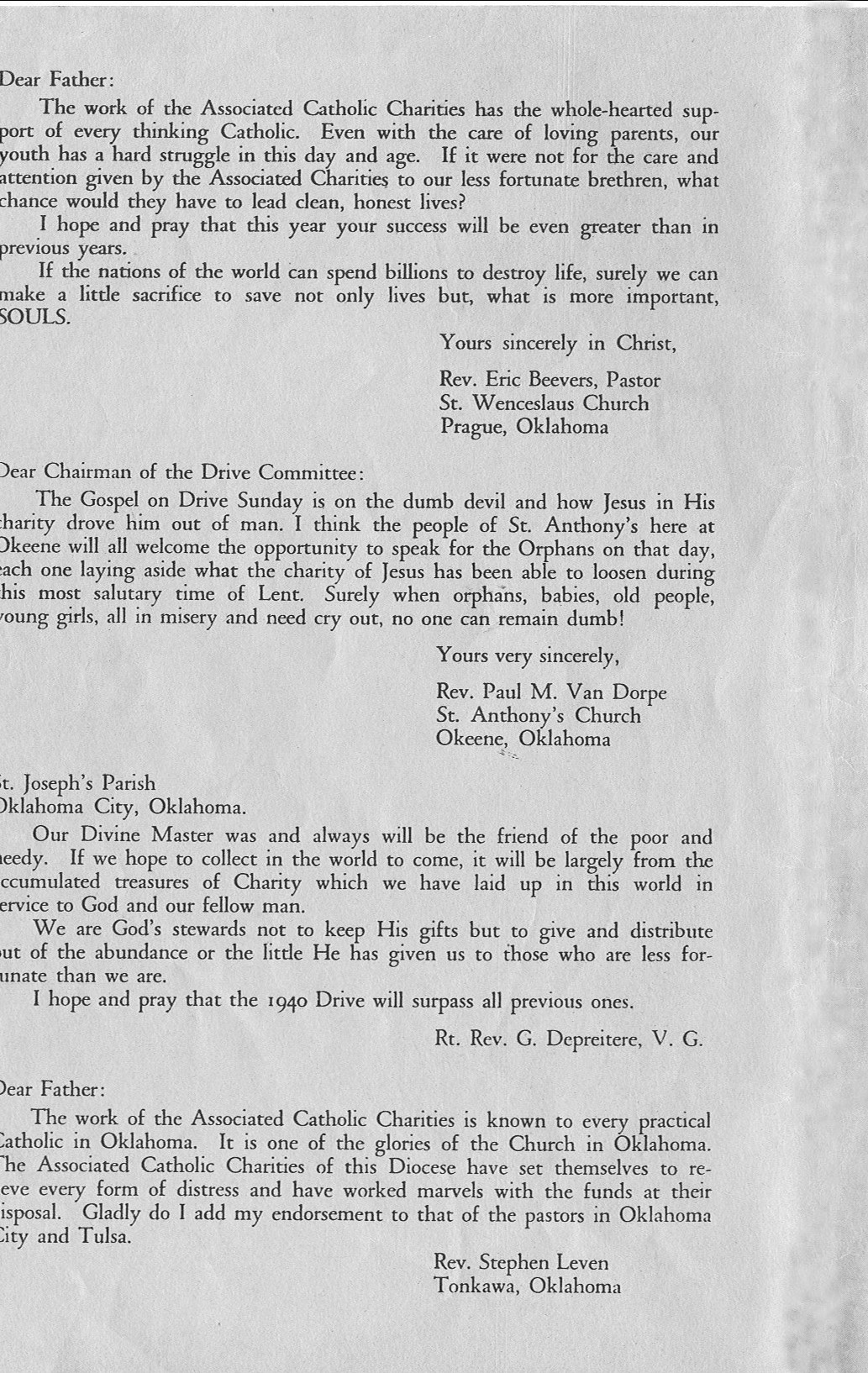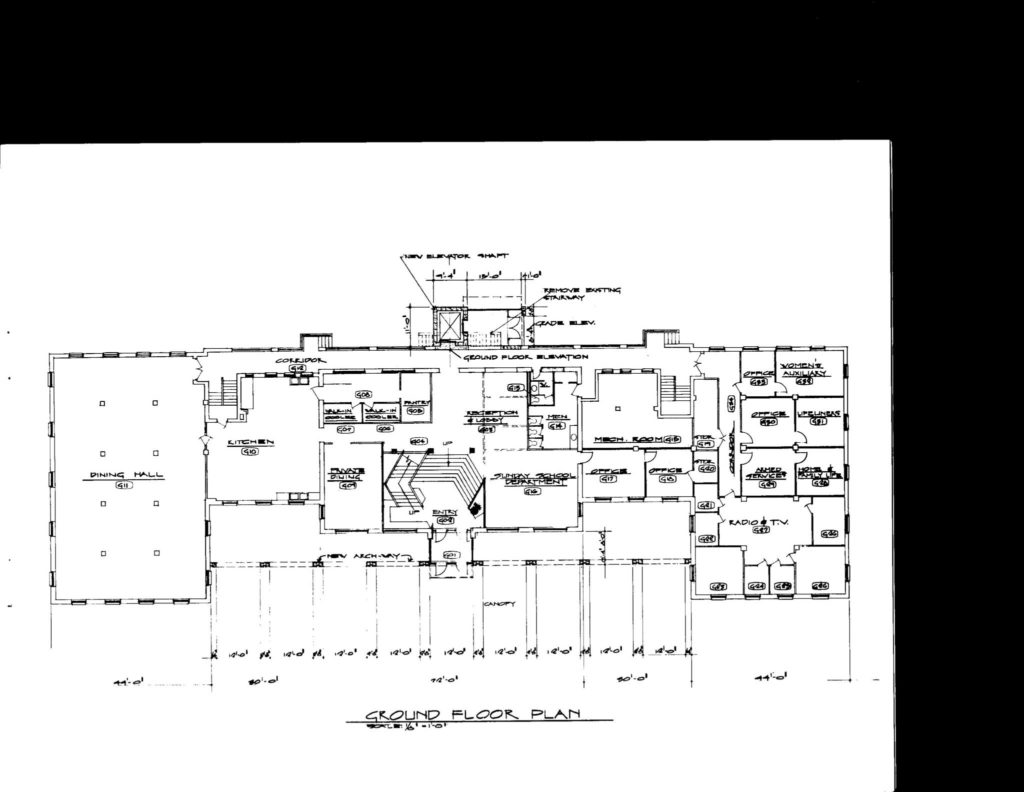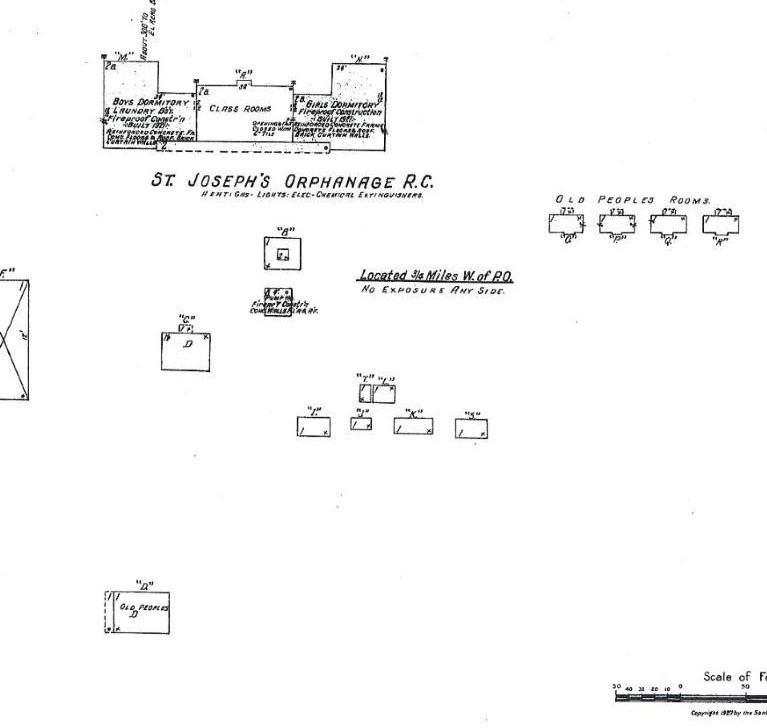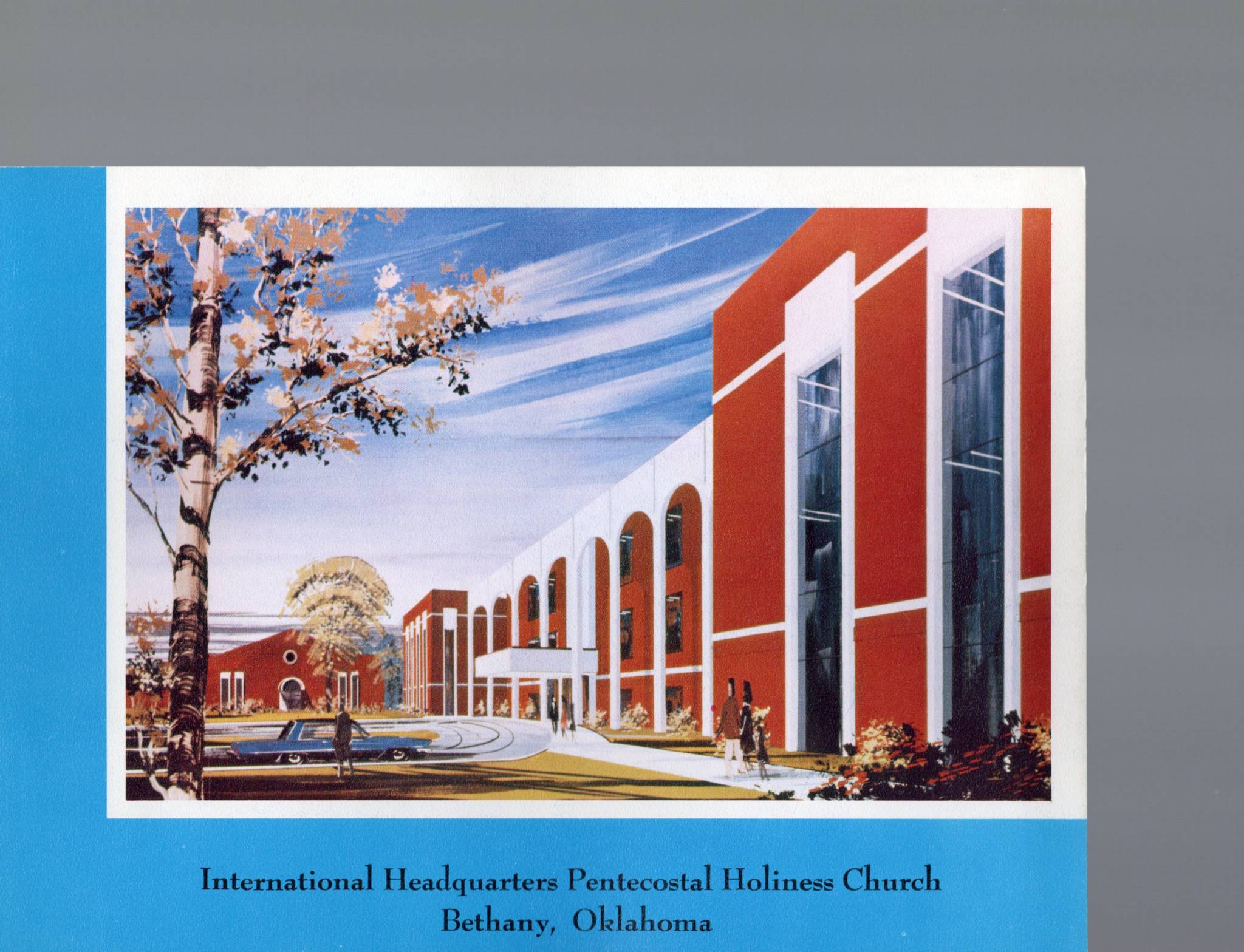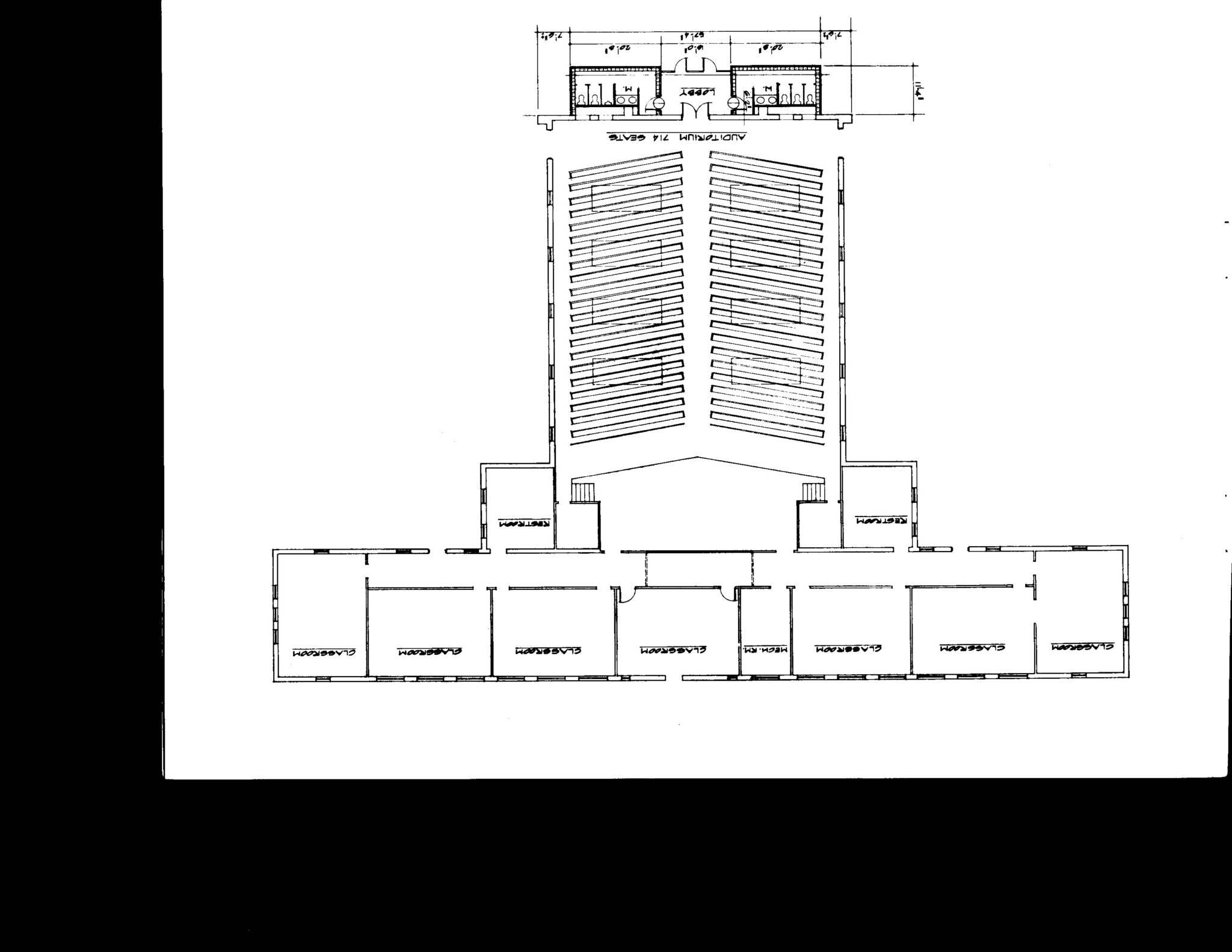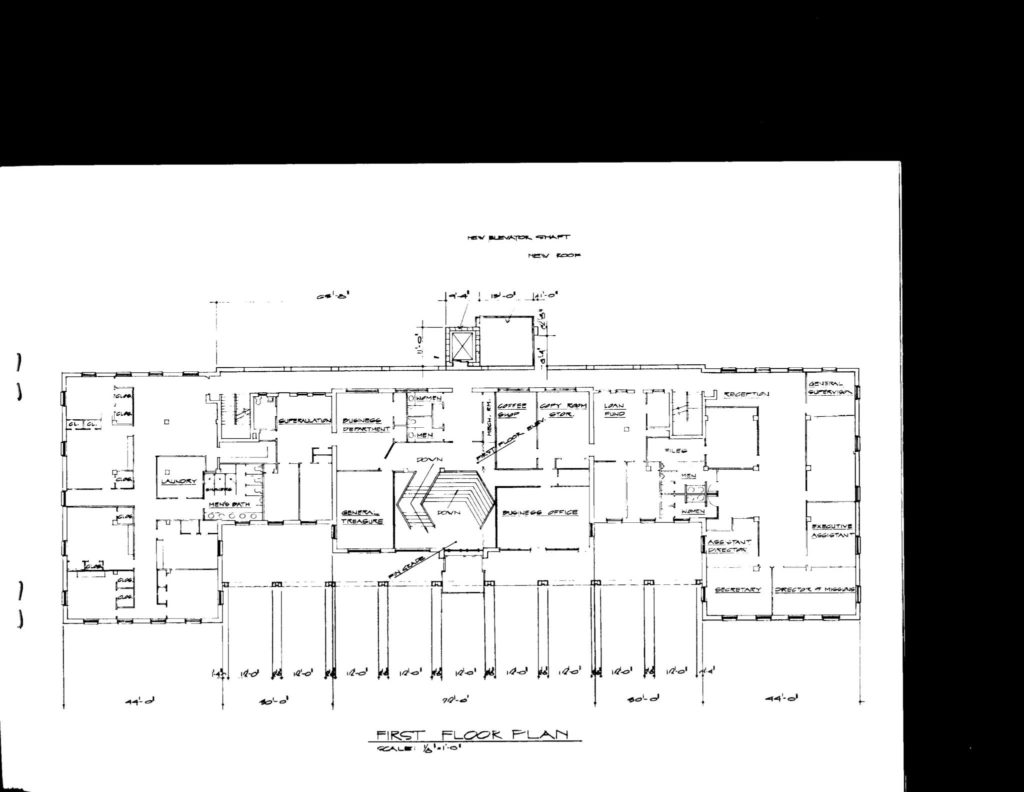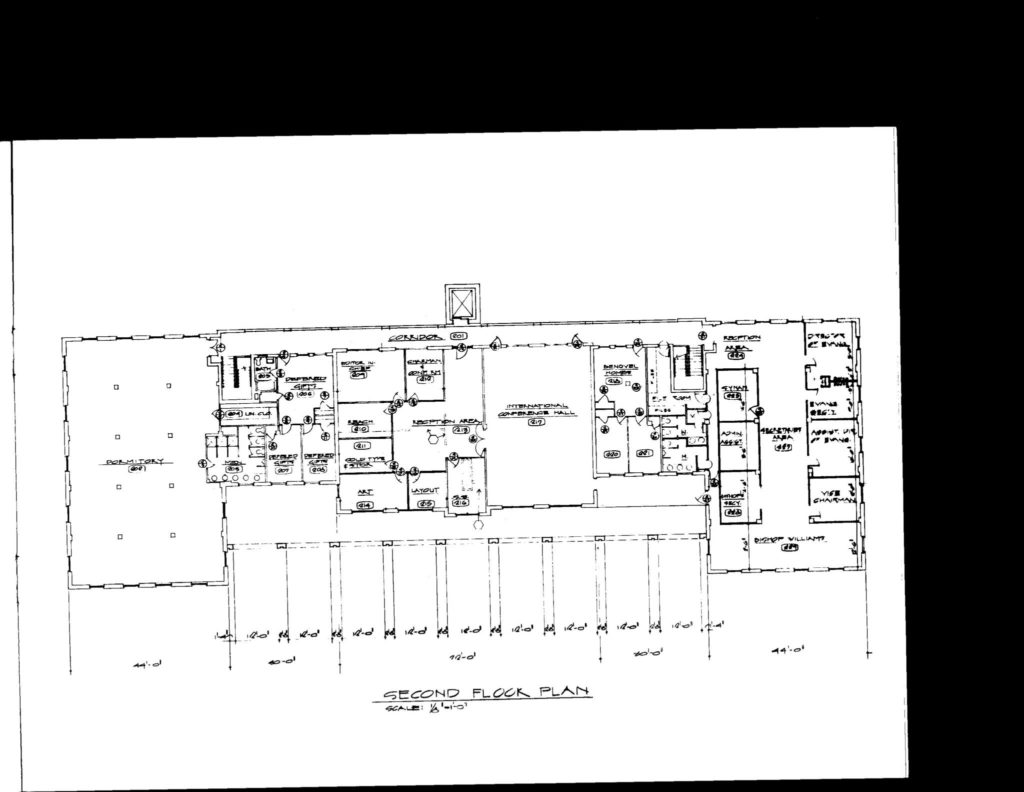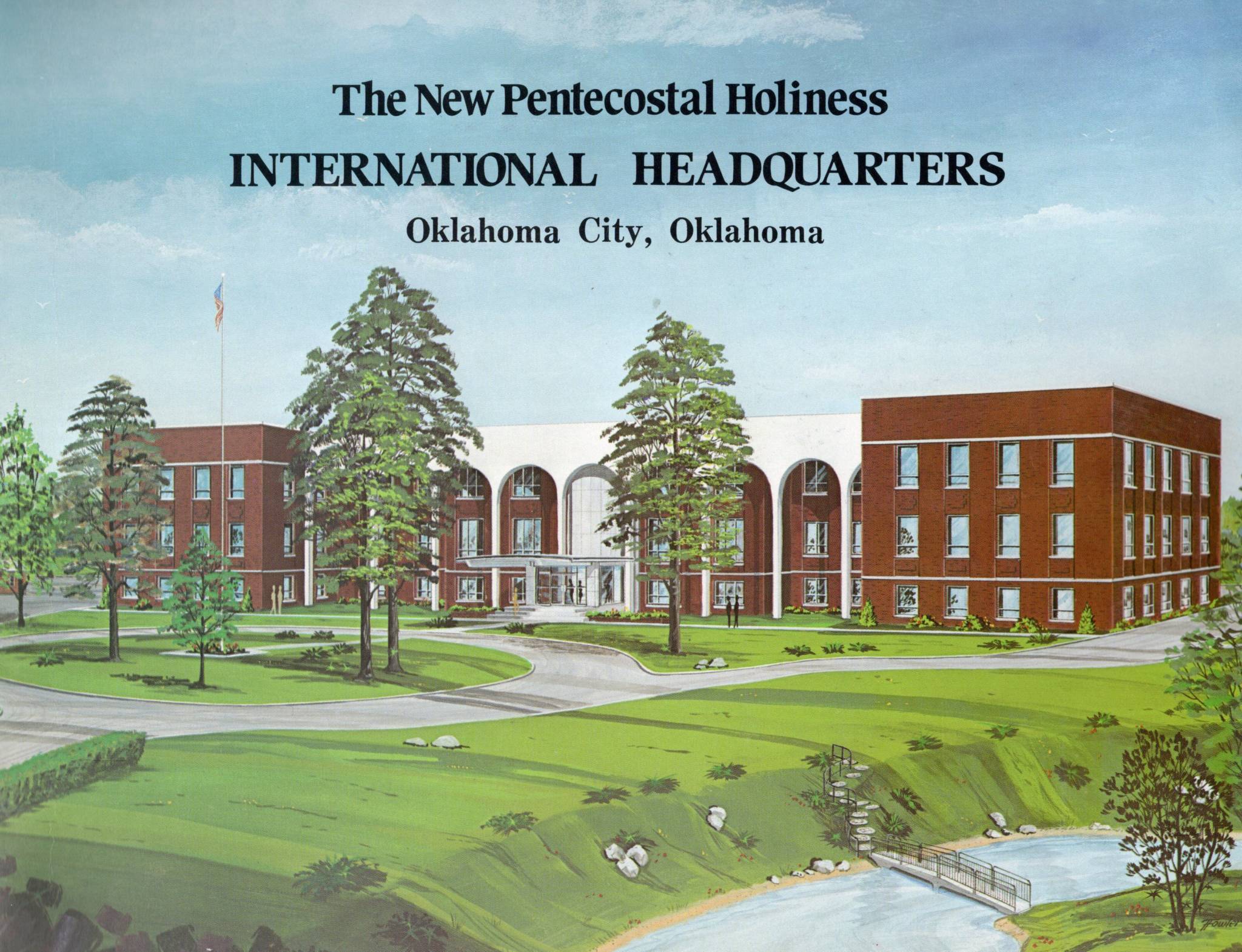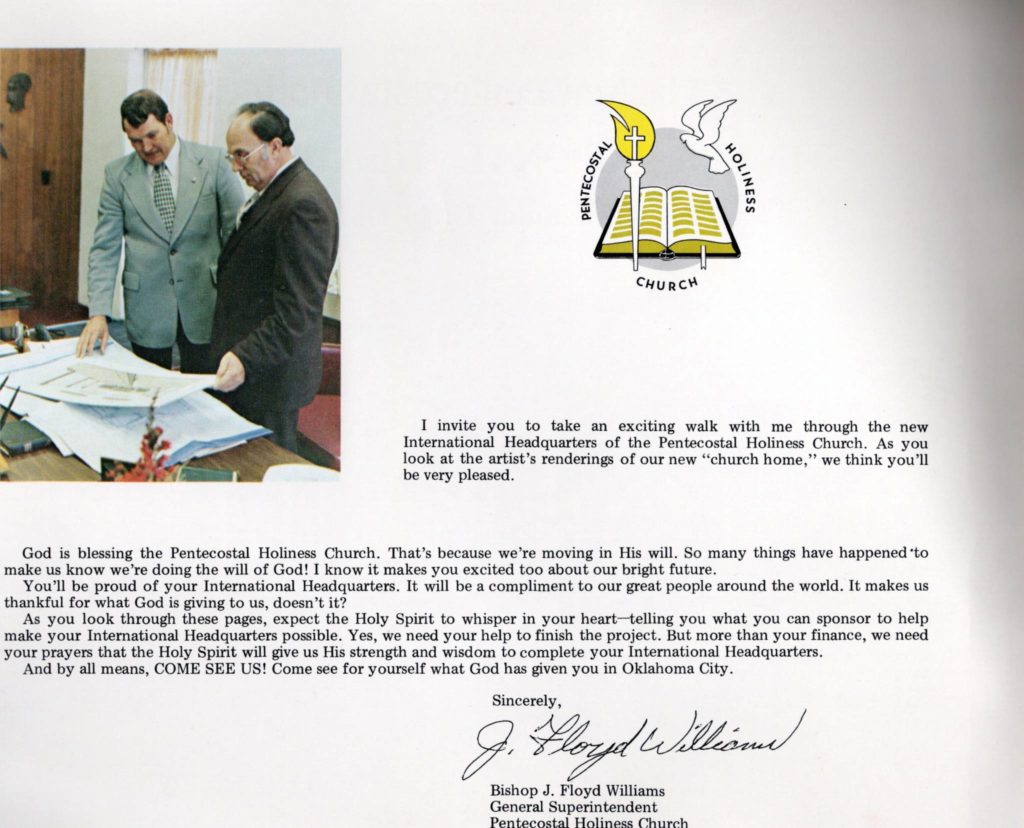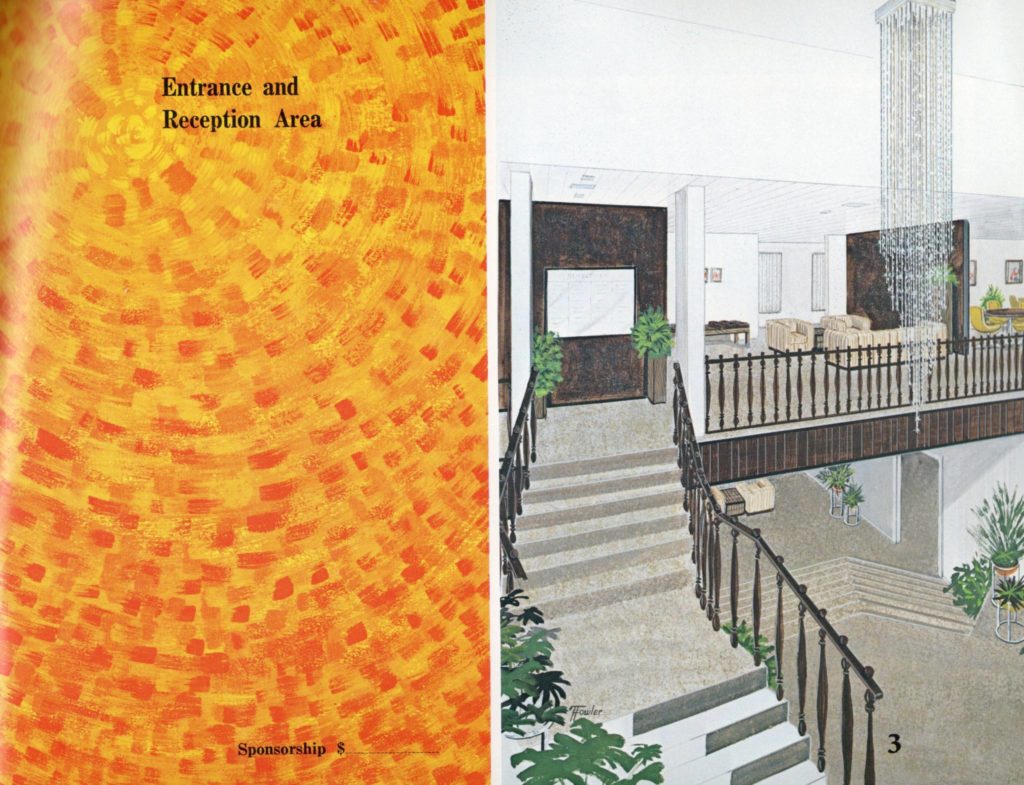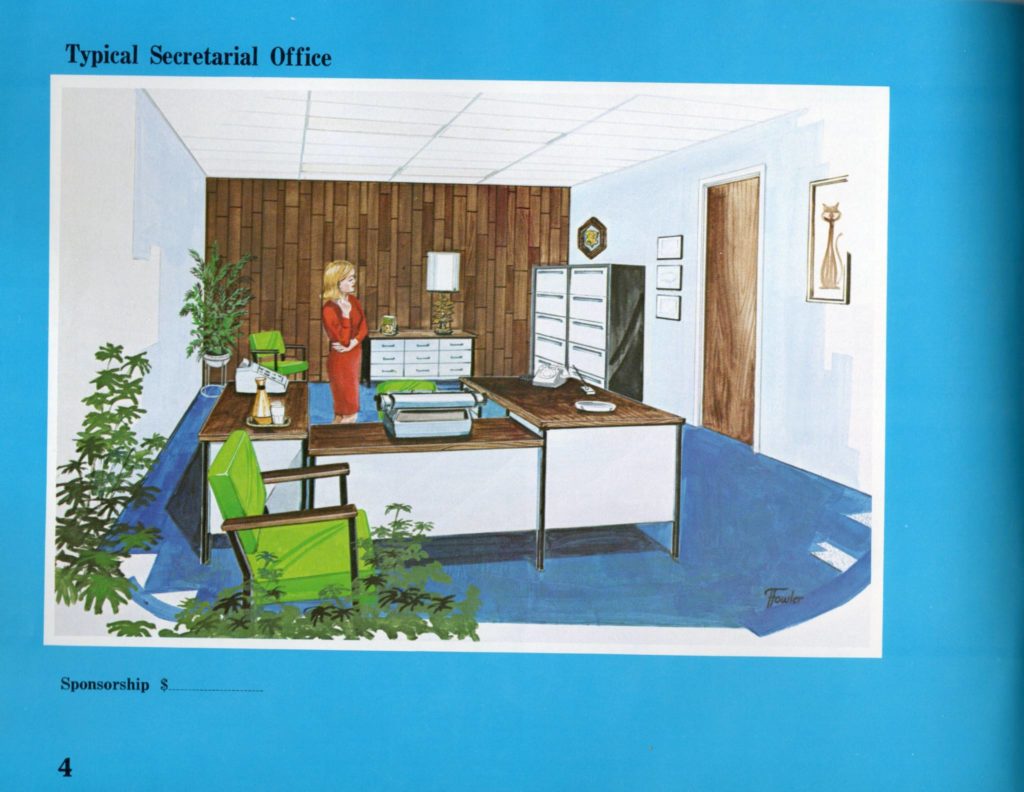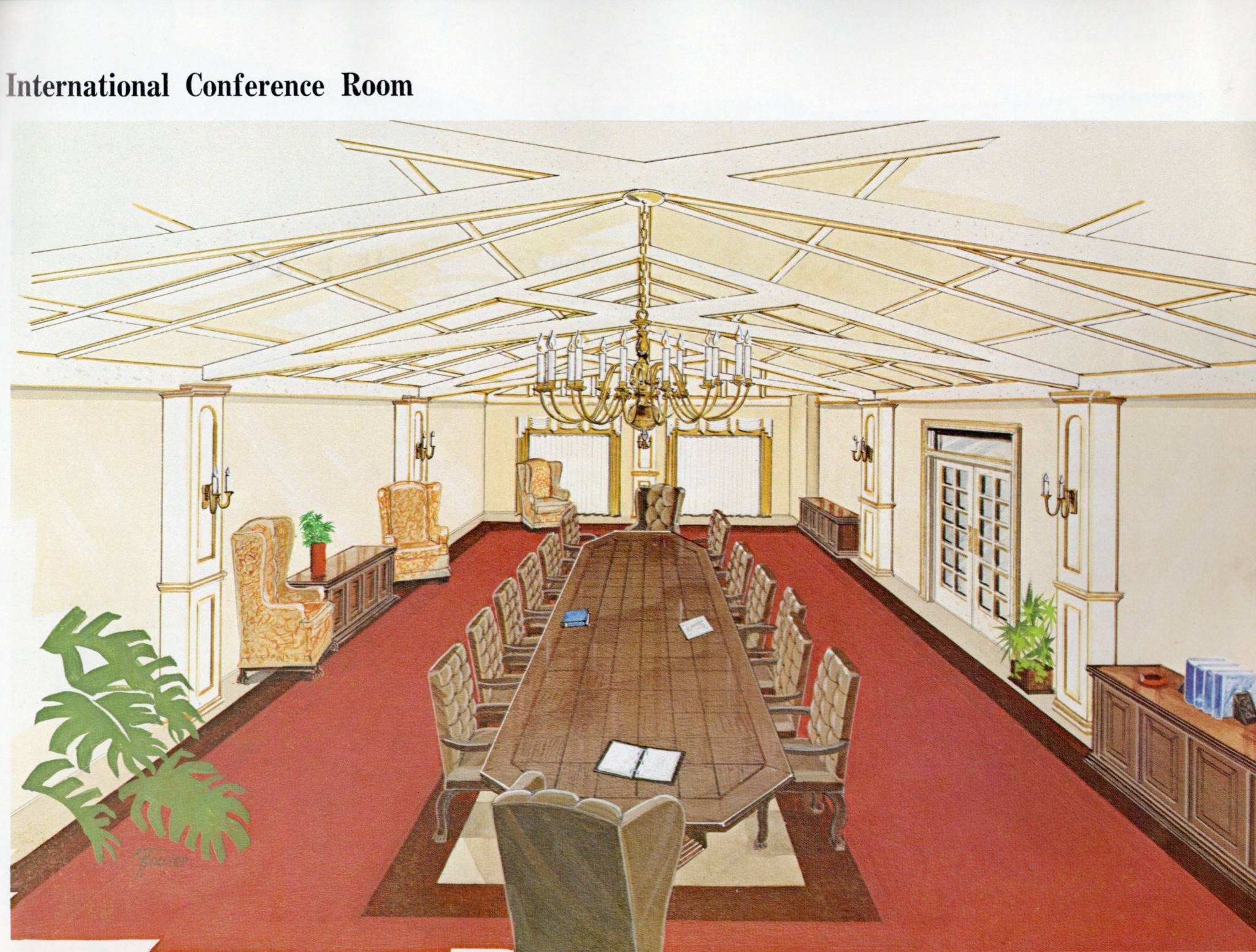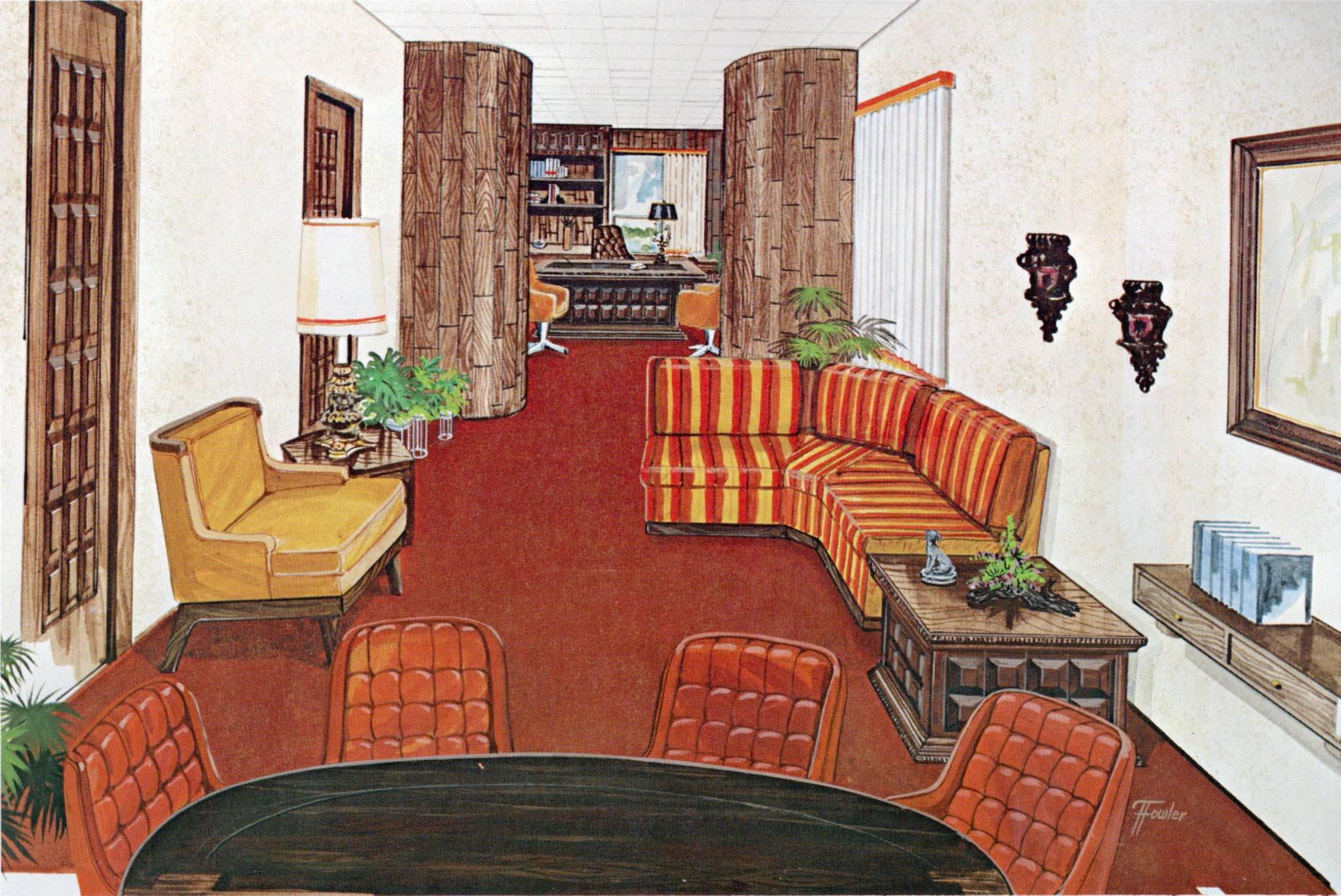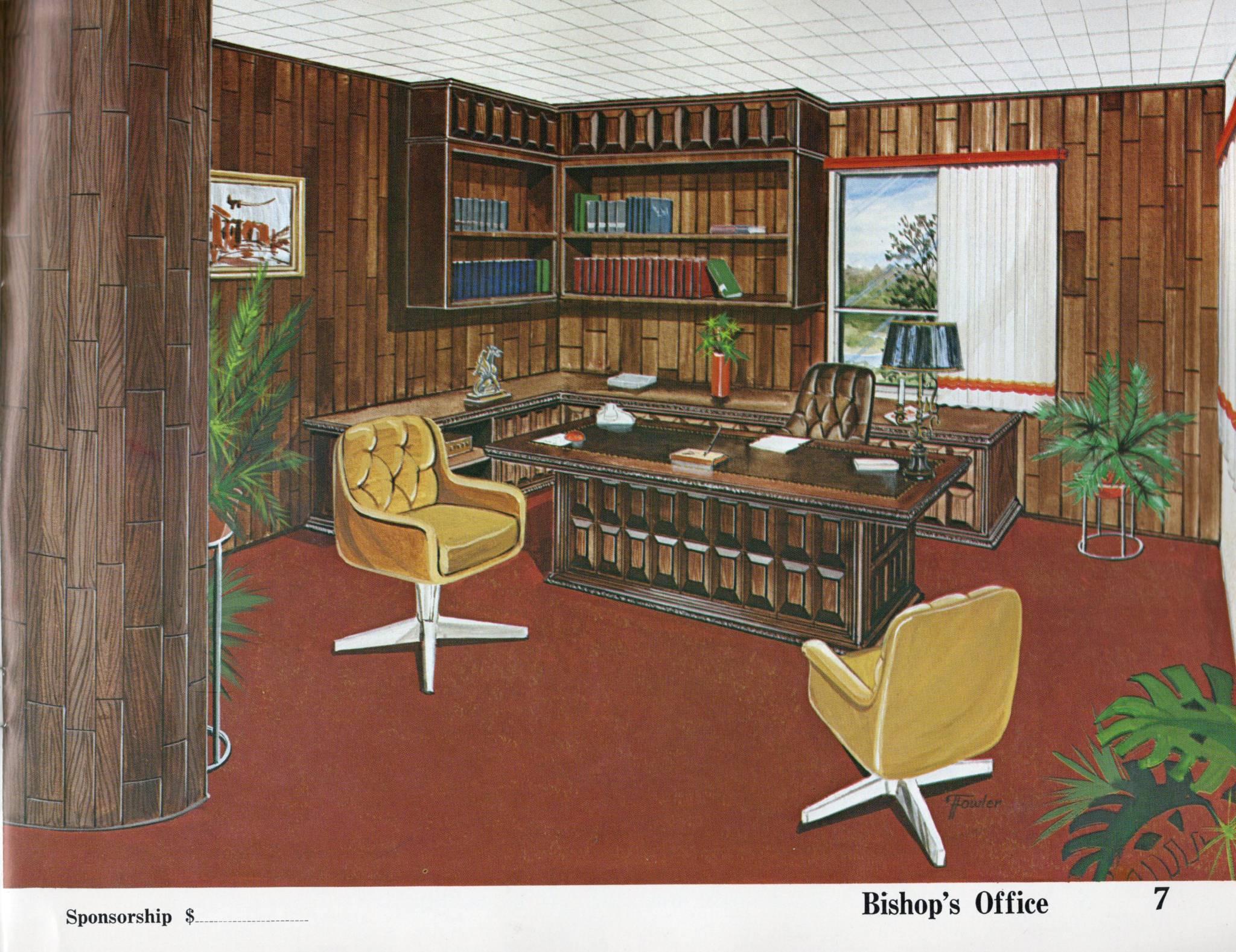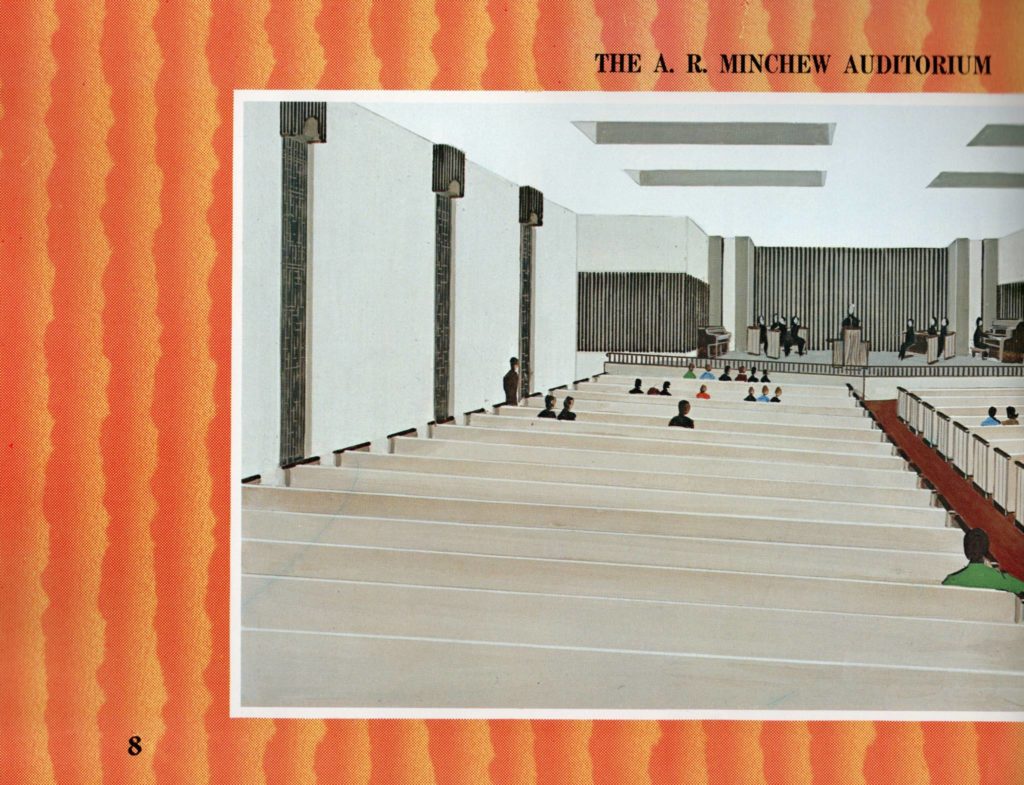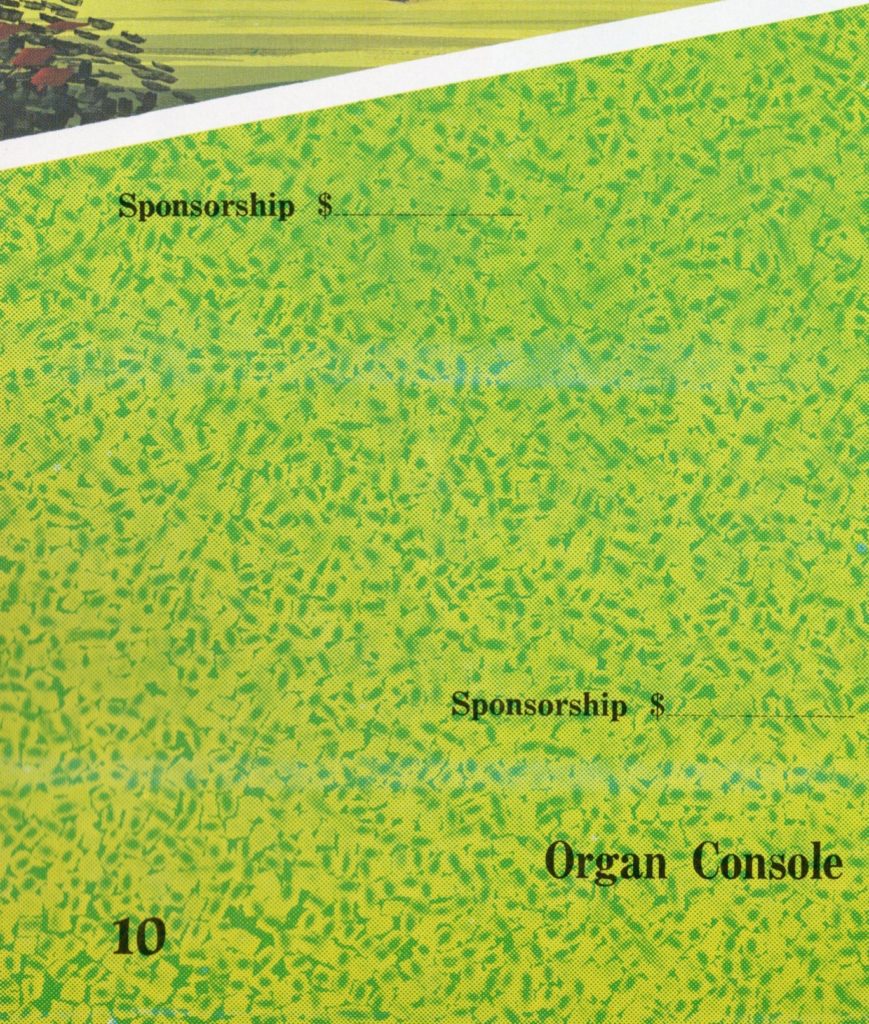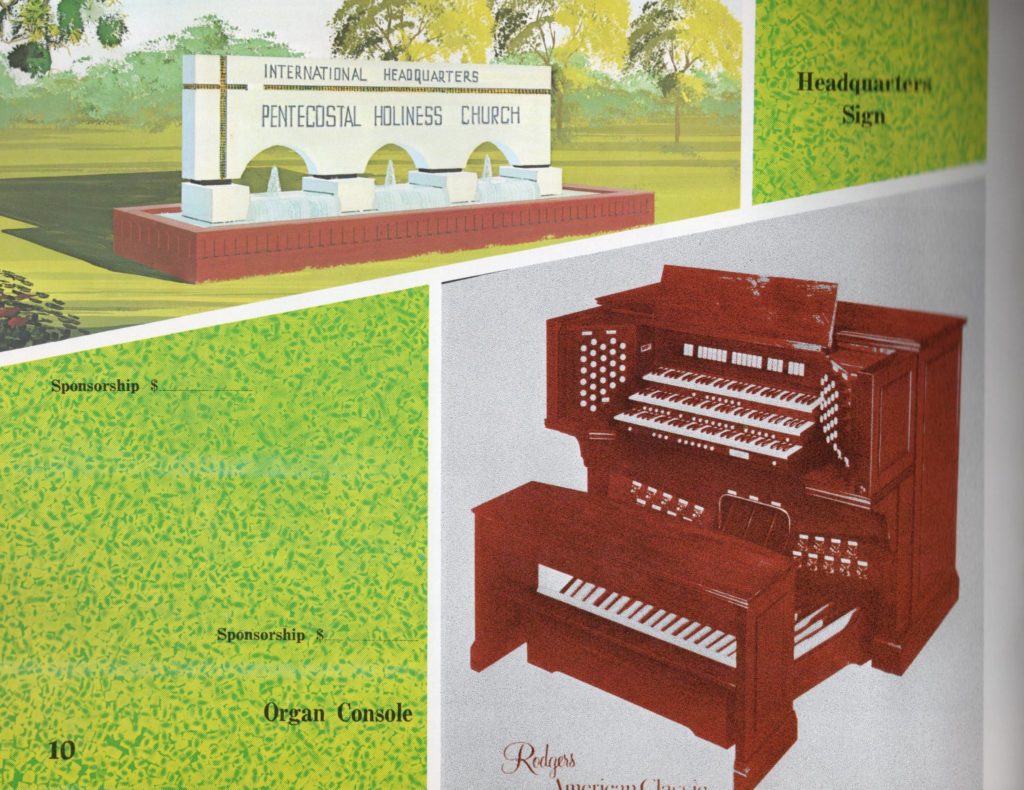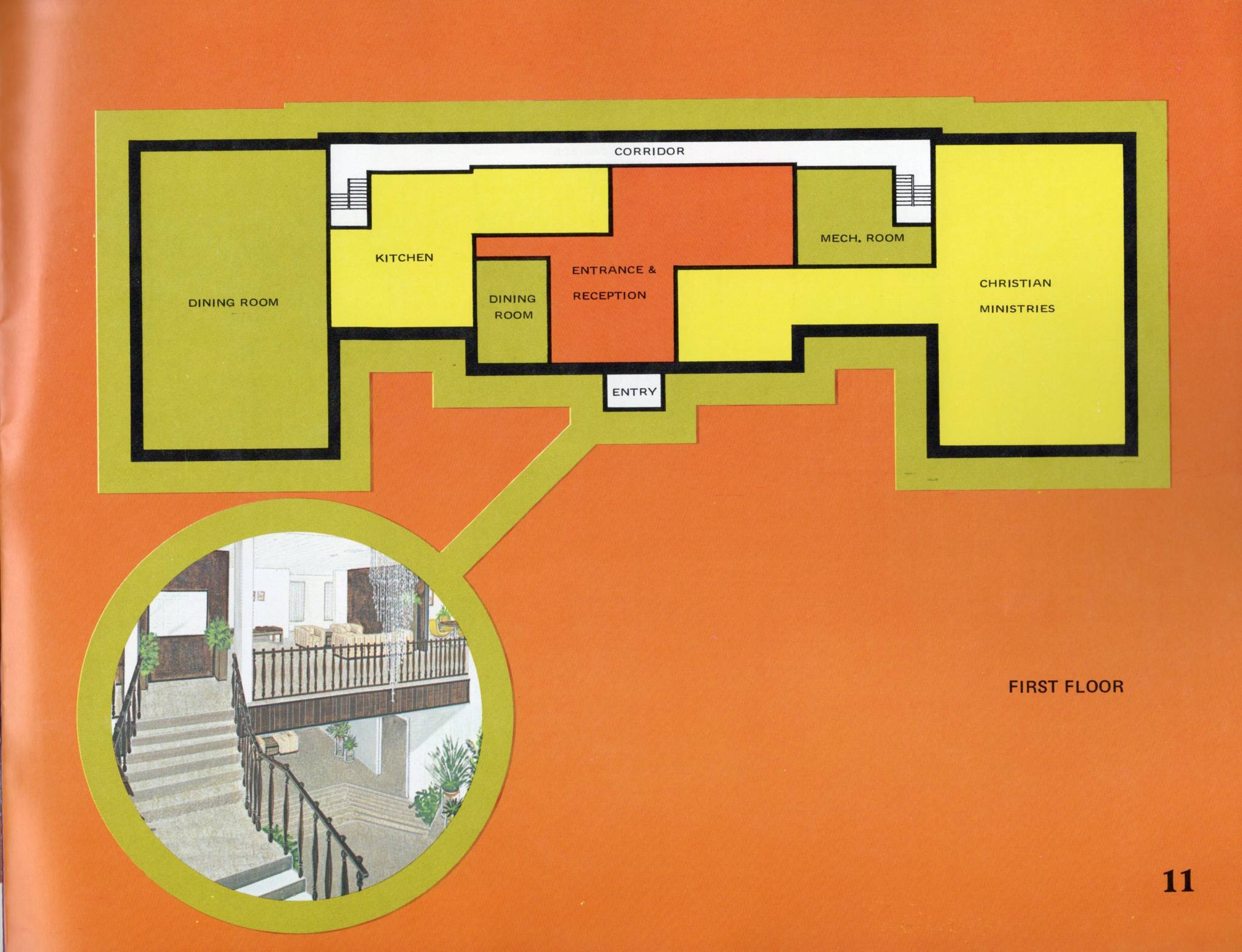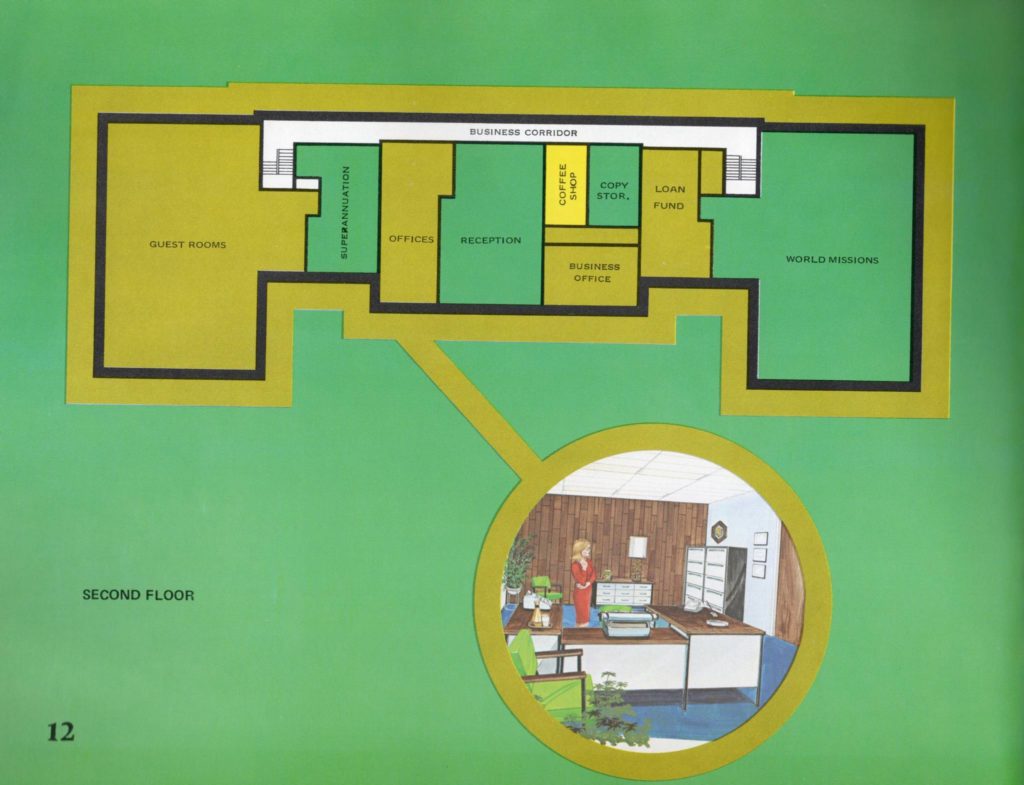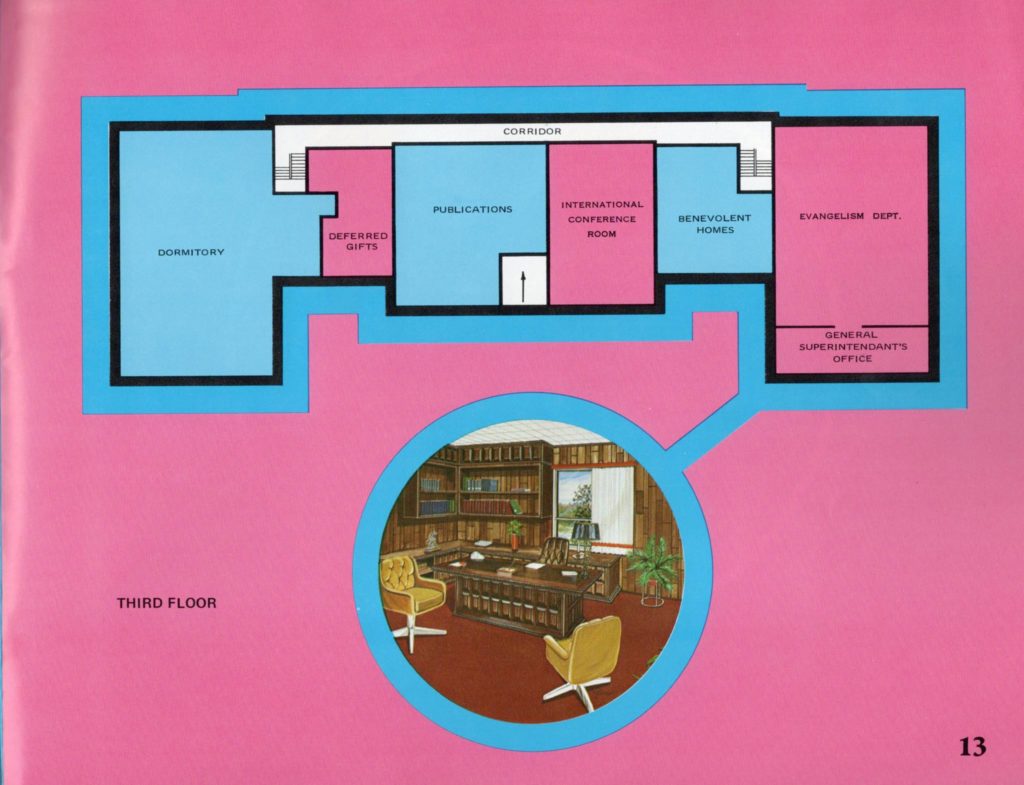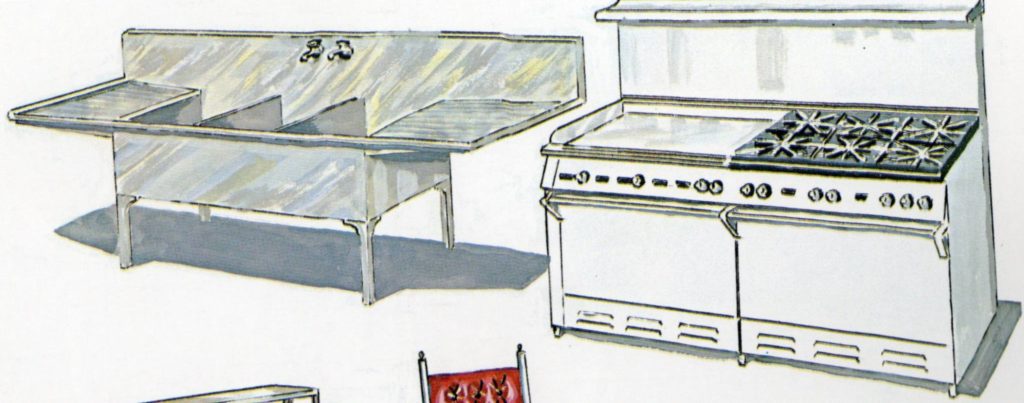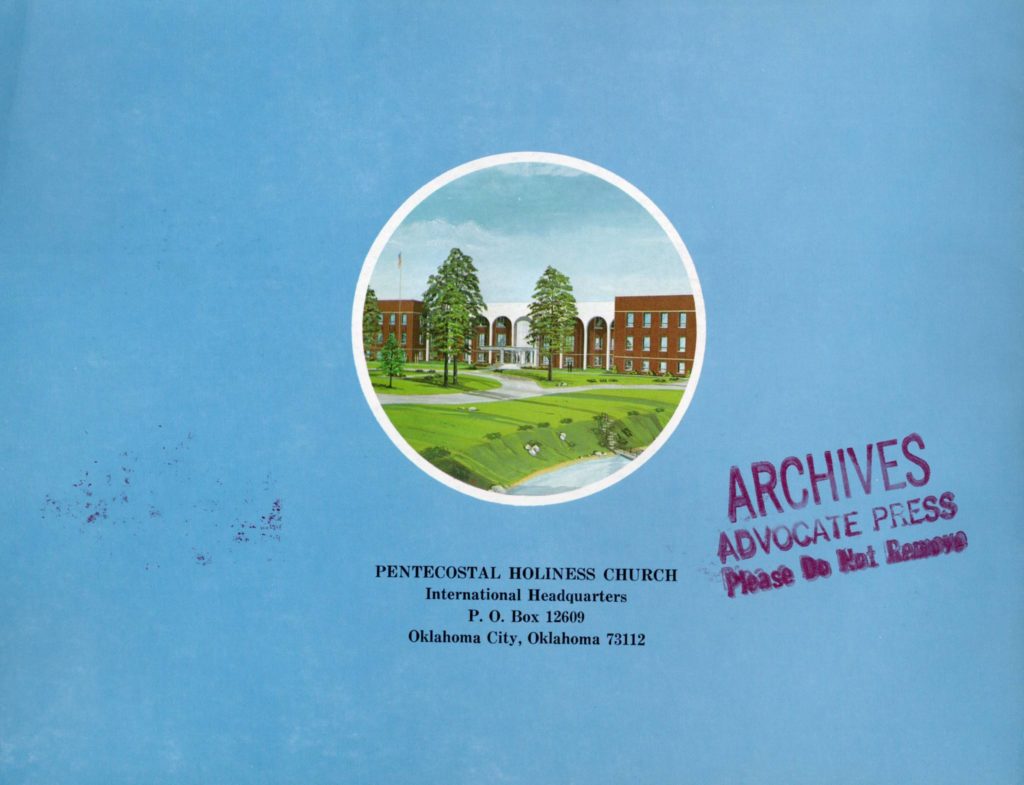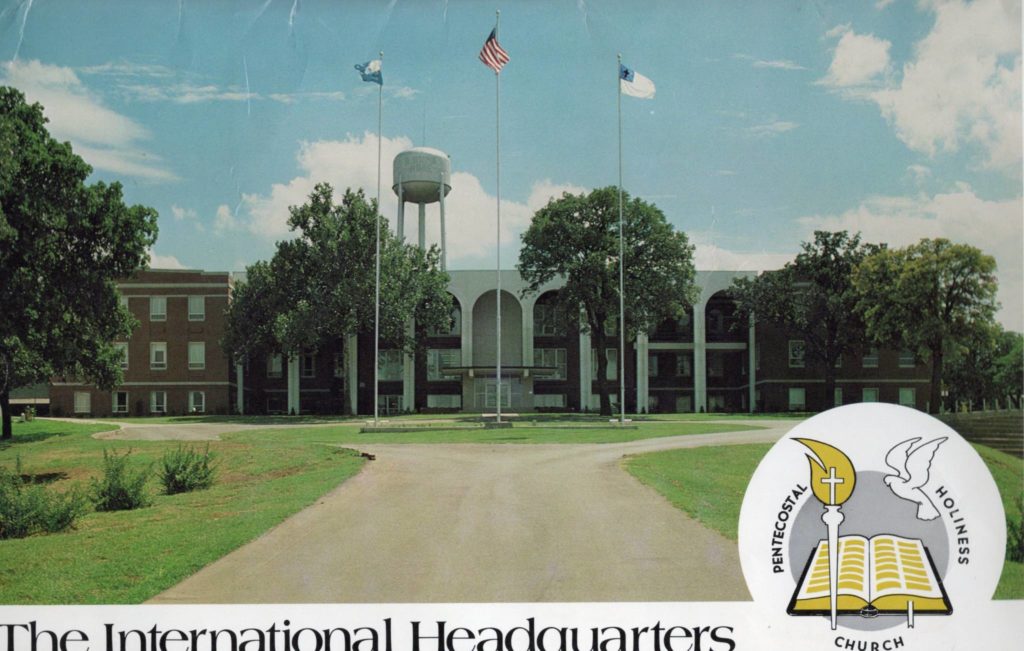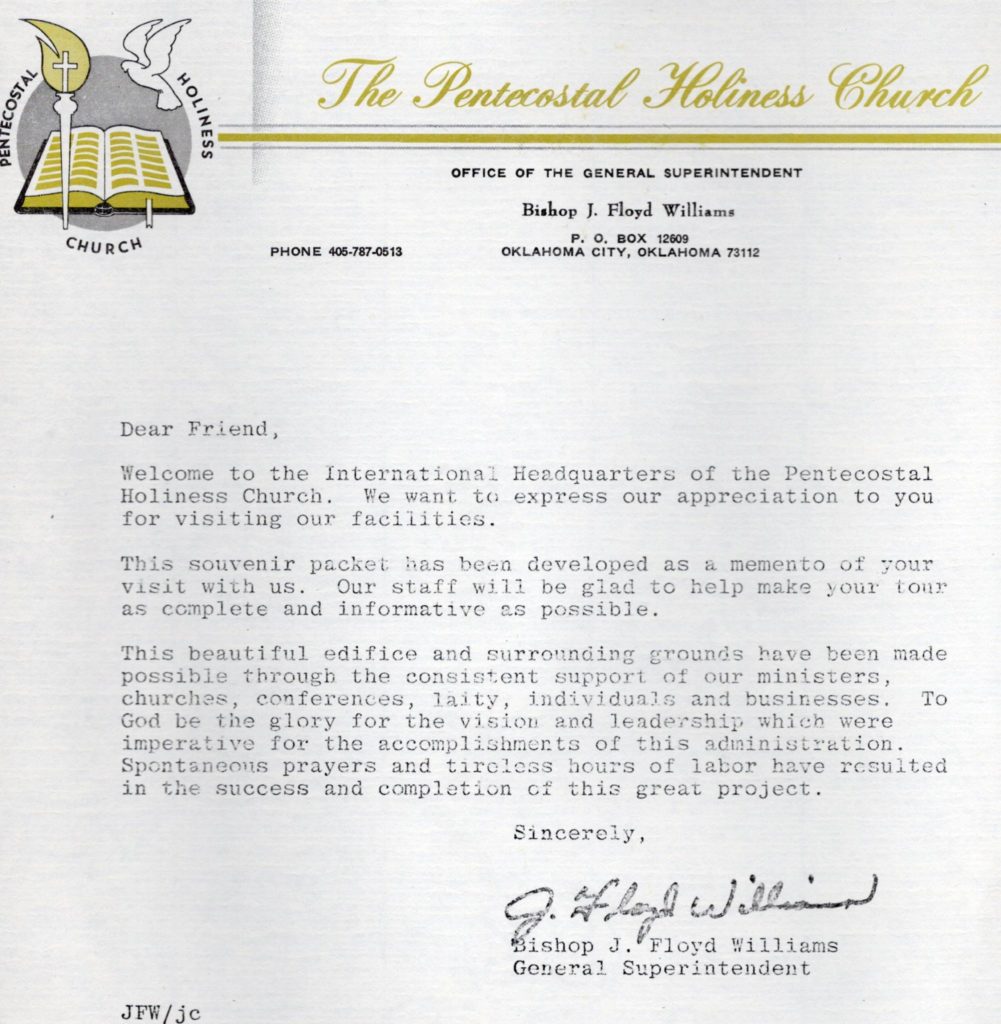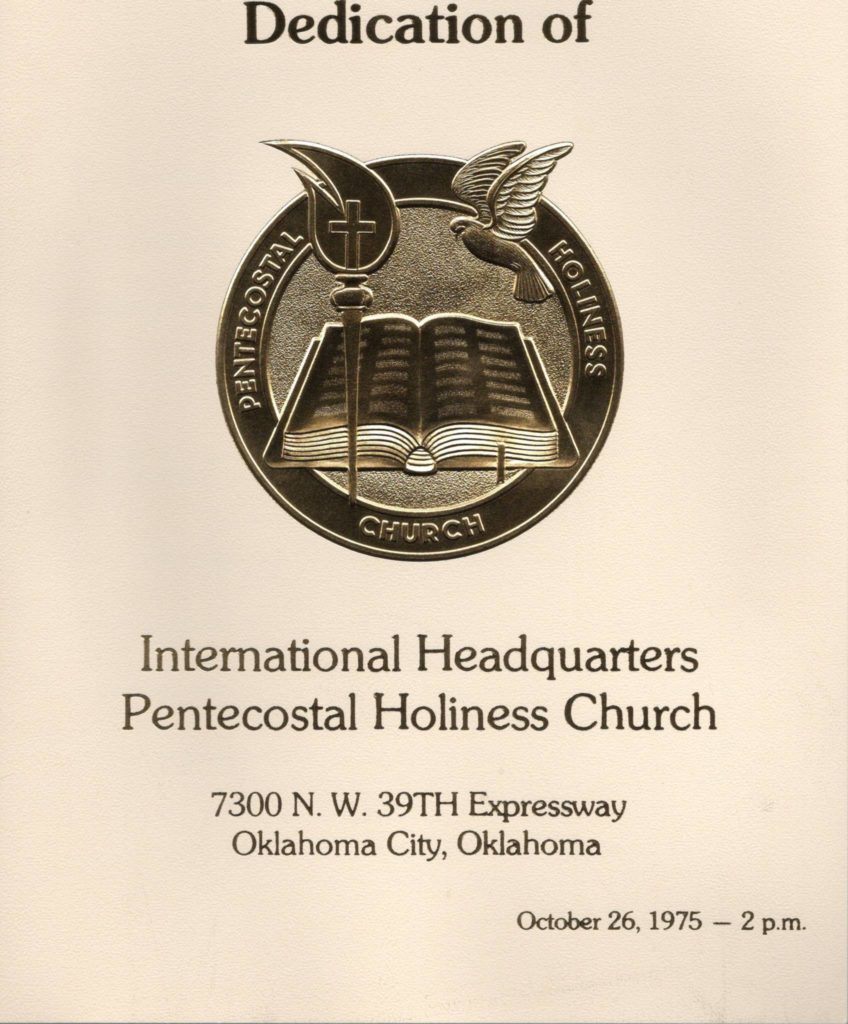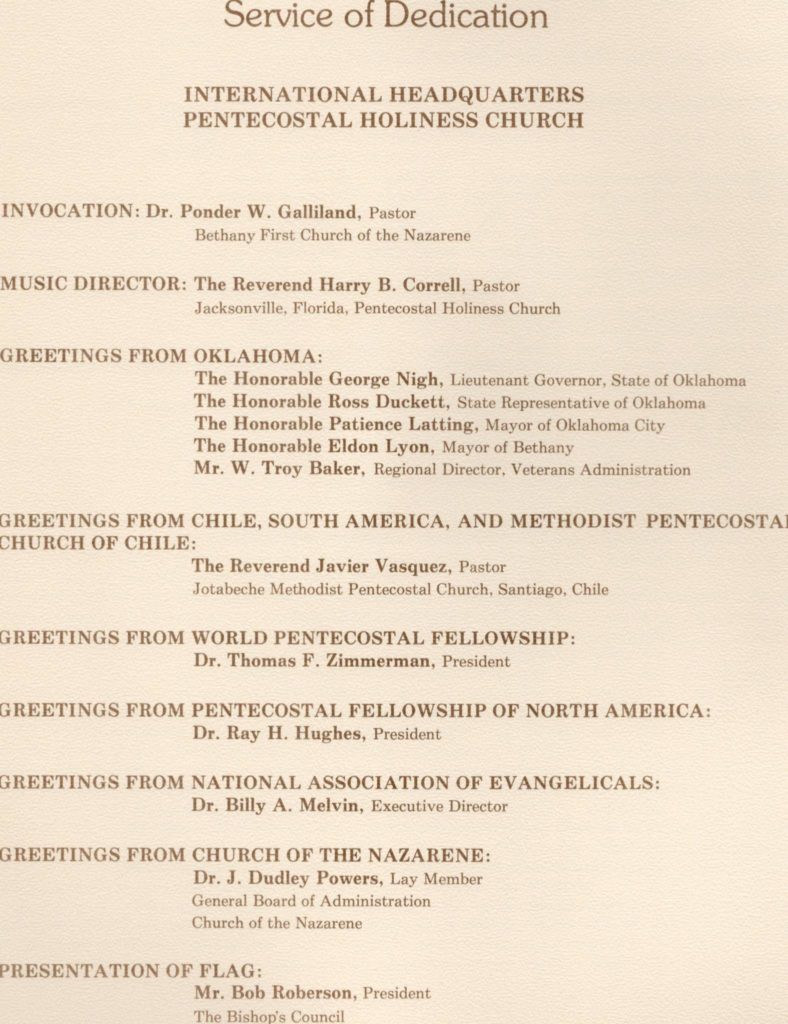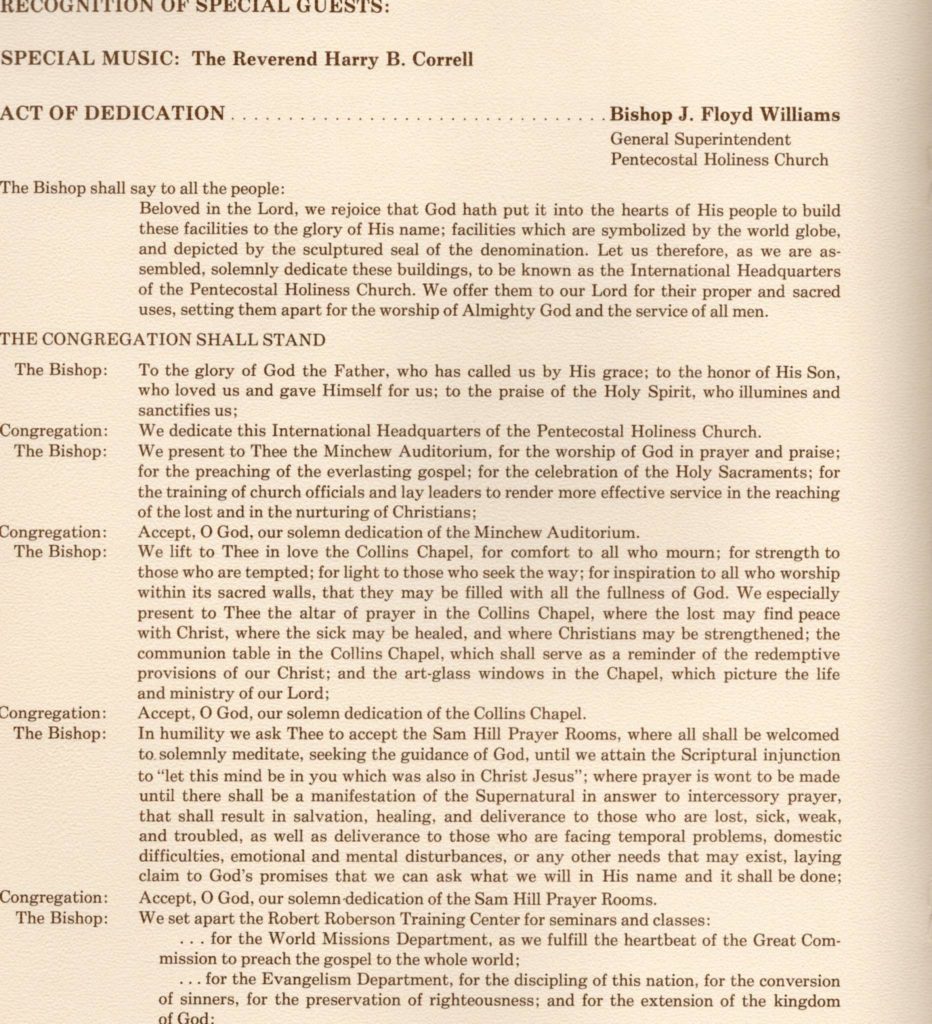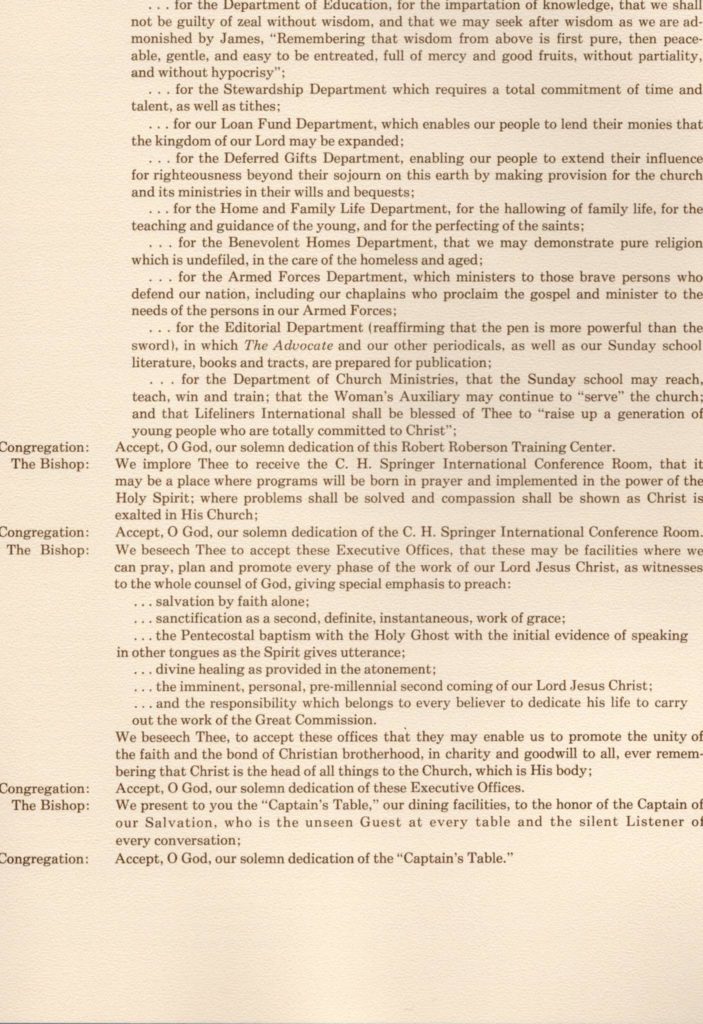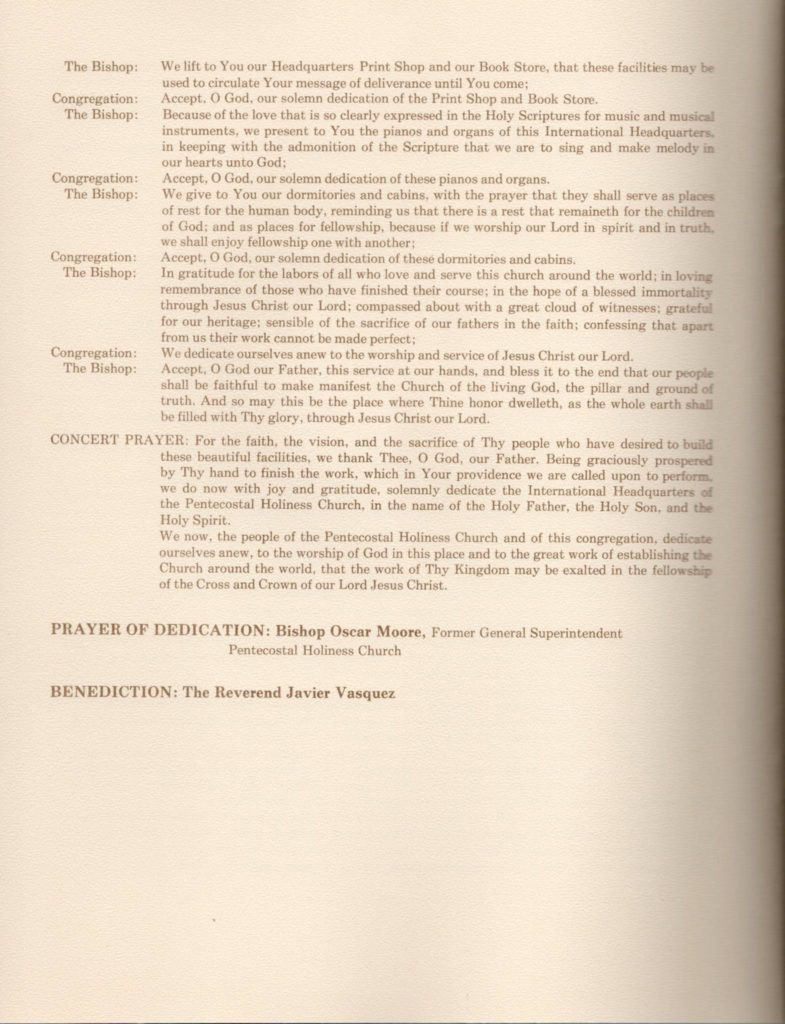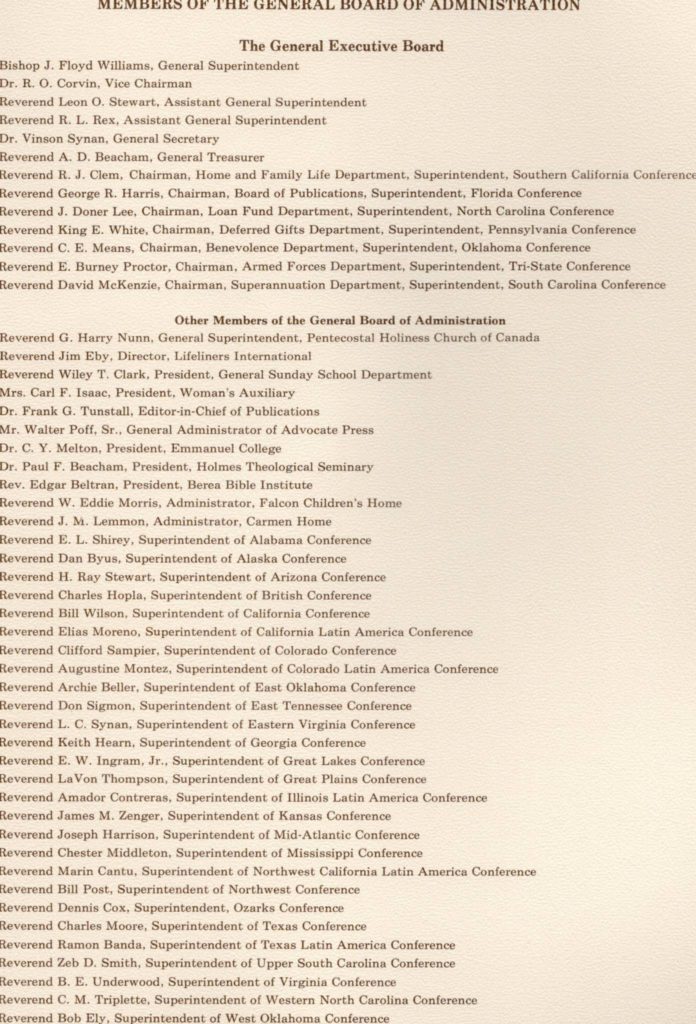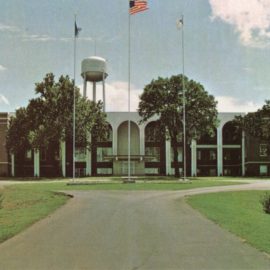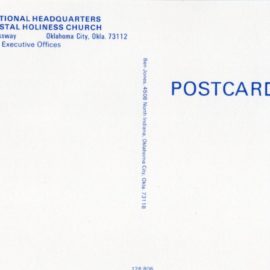The History of the Global Ministry Center in Bethany, Oklahoma
Many of us in the IPHC have memories of spending time at the Global Ministry Center, formerly known as the “headquarters” in Bethany, Oklahoma. In 2025, this center will celebrate its 50th anniversary, but its history stretches back much further.
Did you know that the Global Ministry Center in Bethany, Oklahoma was once a children’s orphanage? It was built in 1910, just three years after Oklahoma became a state! The IPHC purchased the home and property in 1973, and they renovated the building. The new IPHC “headquarters” was dedicated in 1975 under the leadership of Bishop Floyd Williams.
As the GMC’s 50th anniversary approaches in 2025, let’s take a look at its past.
Here is an aerial view of the orphanage, taken in 1944. Notice the chapel is there. There was once a two story home behind the GMC, as well as a one-story home, and a ranch style home–check out the top right hand corner to see.
The name of the orphanage was St. Joseph’s, as you can see on this water tower.
Below are photos showing what life was like at the orphanage.
THE SAINT JOSEPH CHILDREN’S HOME
A Brief History based on an entry in the Bethany Centennial History Book (2009)
By
Marilyn A. Hudson
Just three years after Oklahoma statehood, 27 ½ acres of land were purchased to create the “St. Joseph Orphanage Asylum and Industrial School.” The land was excellently situated near the half-way point of the new “El Reno Interurban” rail line connecting Oklahoma City and Yukon. With 60 acres by 1913, early promoters noted the gardens, truck produce, farming, and livestock of the orphanage would advertise the rich farming potential of the area.[1] The facility grew to include various tracts of land and included the “north farm” where the present day St. Francis Center for Christian Renewal and Resurrection Cemetery are located.
Overseeing this scale of a charitable endeavor in the Roman Catholic Church of Oklahoma required strong leaders. The Very Rev. Bernard Mutsaers, James Maney, and His Excellency the Right Rev. Theophile Meerschaert, Oklahoma’s first Bishop, proved to be those leaders. The Rev. John M. Kekeisen, late of Newkirk, assumed the position of first director of the orphanage. Other Directors were Fathers P.P. Schaeffer, James Garvey, and A.A. Isenbart.[2]
On August 1, 1912, Sister Mary Scholastica, Superior, and Sisters Mary Anthony. Mary Raphael, Mary Ambrose, all Sisters of Mercy, arrived to receive the children. On October 6, 1912, Bishop Meerschar performed a solemn service of blessing celebrating the new facility.
In 1921, Father P.P. Schaeffer, foresaw a need for infant and elderly care. The Article of Incorporation at that time to “St. Joseph’s Orphanage and Home for the Aged.” Father Garvey, starting in 1928, used a popular annual parish picnic to raise funds to reduce the orphanage indebtedness. The result was that by 1934 the mortgage on the orphanage was fulfilled.
Over the years, the large brick building set on a gentle knoll, saw a gymnasium added, a chapel, and classrooms. It was central to many of the charities of its day for Catholics in Oklahoma and the people they helped. The history of the Oklahoma Catholic Charities also begins at St. Joseph, as they were headquartered at the orphanage until 1926.
Over the next sixty years, the orphanage would see many changes in its structure, outreach, and workers. More than seven orders of women religious served there (Sisters of Mercy, Sisters of the Blessed Carmelites, Benedictines, Missionary Sisters of the Most Blessed Trinity, Sisters of St. Joseph, and the Divine Providence Sisters)[3].
In 1965, the Children’s Home relocated to an area off Eastern Avenue in NE Oklahoma City with a modern set of dormitories, cafeteria, and chapel.[4] Changes in society were making orphanages less common[5]. In 1973, however, the original facility, empty for three years, sold to become the general offices of the International Pentecostal Holiness Church.[6]
From its opening in 1912 to 1955, St. Joseph provided care for some 5,000 children.[7] Many were like the child a Sister Providentia recalled. A tiny girl, neglected by her family, asked the Sister if it was true they “really received three meals a day…”[8] Happily, the St. Joseph Orphanage could and did provide three meals and much more.
The map shows how the facility looked ca 1927.
[1] “Orphanage plans more buildings” Daily Oklahoman. 4/14/1912; special thanks to James Weinmann , Heritage Room Director, Catholic Pastoral Center, Archdiocese of Oklahoma City.
[2] “Diocesan Charities Office Has Cared for Thousands.” Southwester Courier: Golden Jubilee, n.d., pg. 96-97.
[3] “St. Joseph’s Children’s Home.” The Sooner Catholic. Sunday, Sept. 5, 1976.
[4] “Empty Orphanage a Tranquil Store of Memory.” Daily Oklahoman. (5/27/1973, pg. 22).
[5] “Necessity for Orphanages has virtually disappeared.” Daily Oklahoman (12/26/1974), pg. 87).
[6] “Church to move headquarters to City.” Daily Oklahoman (8/7/1973, pg. 11).
[7] Quoted in “St. Joseph’s Children’s Home”. Sooner Catholic, Sunday, Sept. 5,1976.; “Empty Orphanage a Tranquil Store of Memory.” Daily Oklahoman. (5/27/1973, pg. 22).
[8] St. Joseph’s Children’s Home.” The Sooner Catholic. Sunday, Sept. 5, 1976.
Here are the blueprints for the renovation completed by the IPHC:
The Headquarters’ Brochure
Of course, there is no stream next to the IPHC, nor was there ever a stream. However, it is a beautiful idea!
The Dedication Ceremony
Postcard



